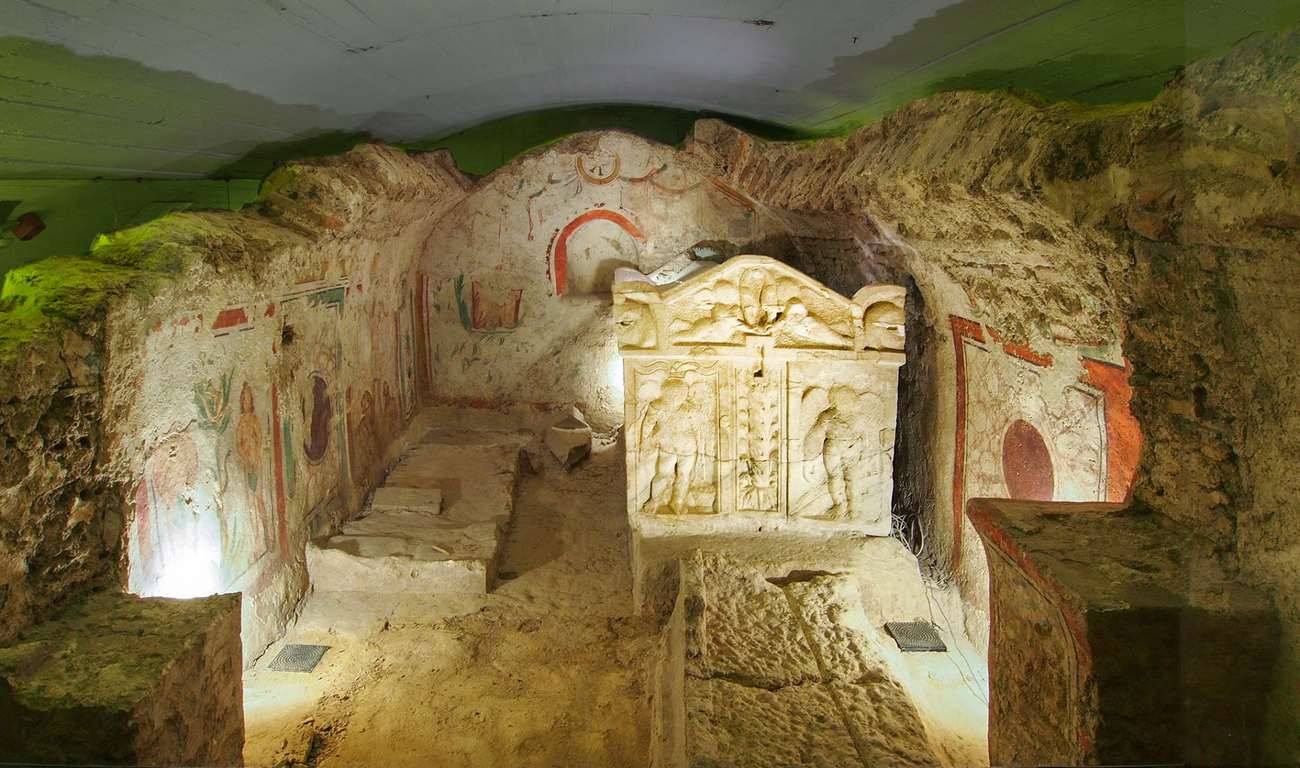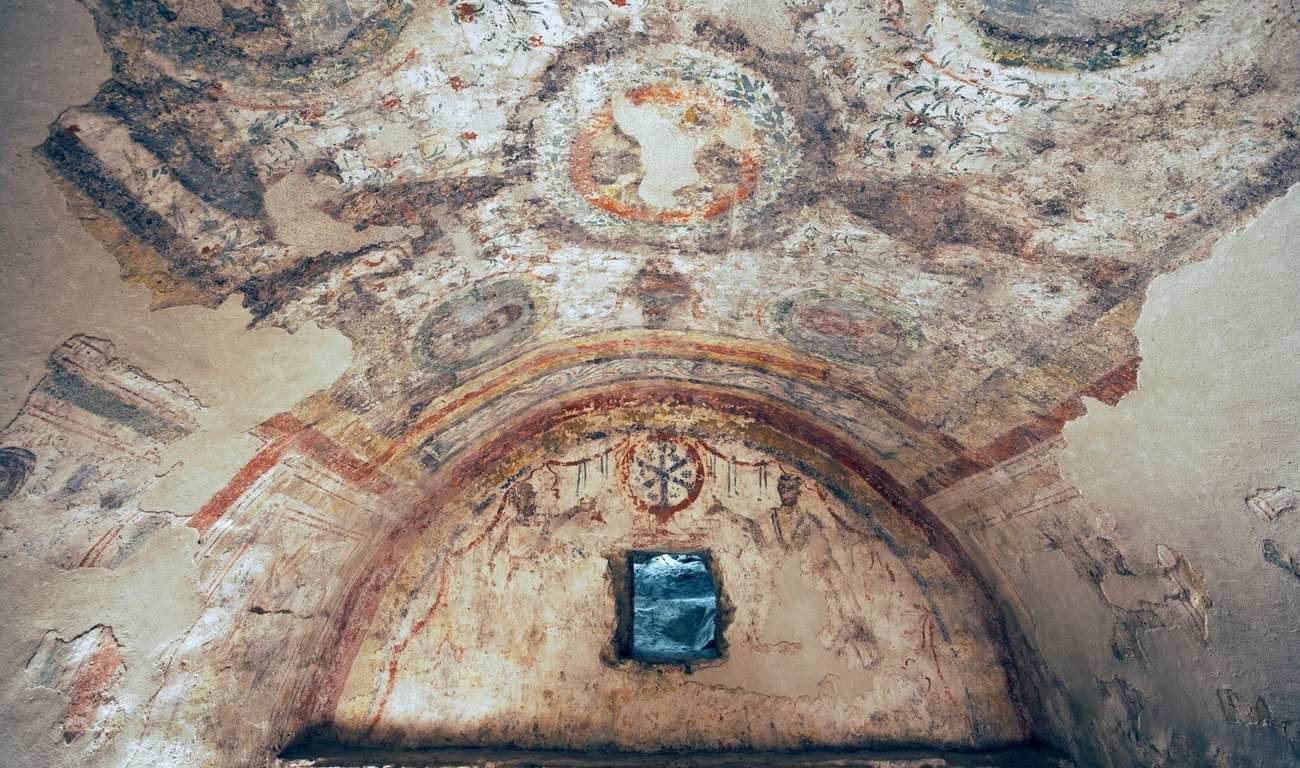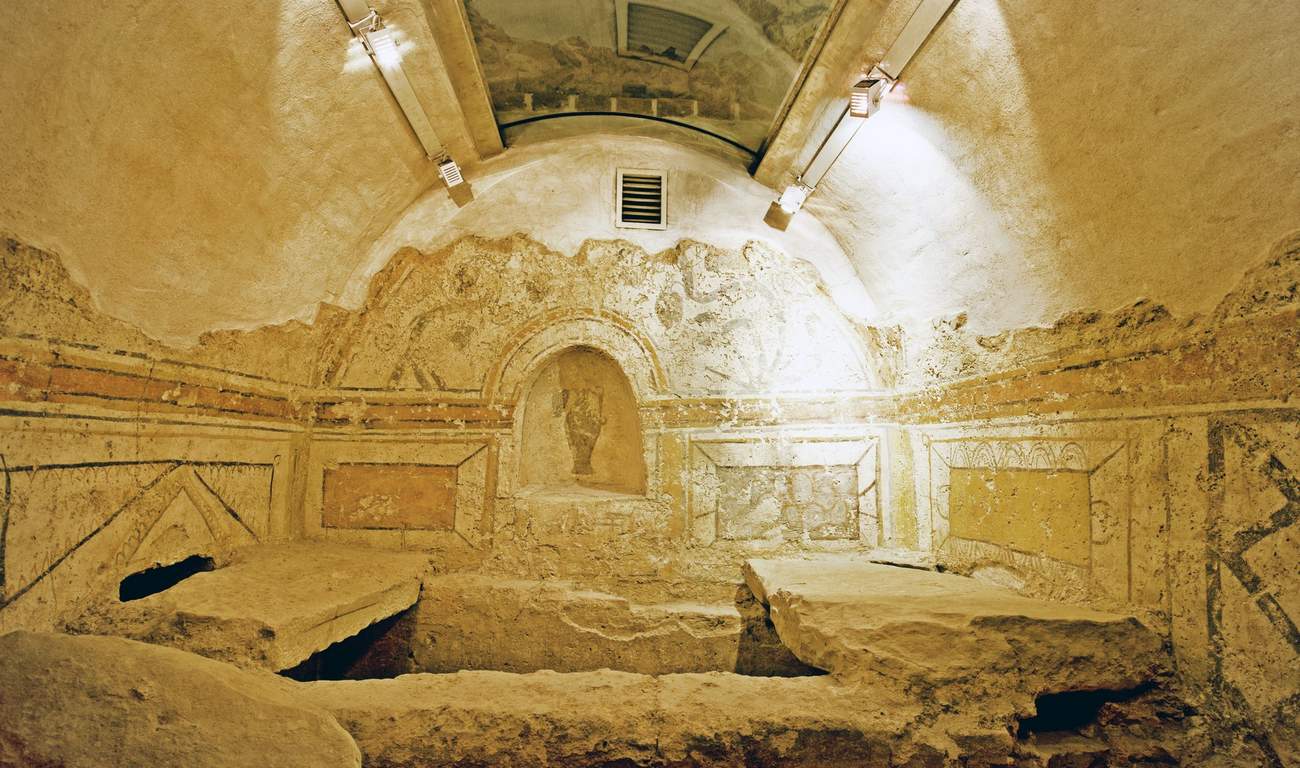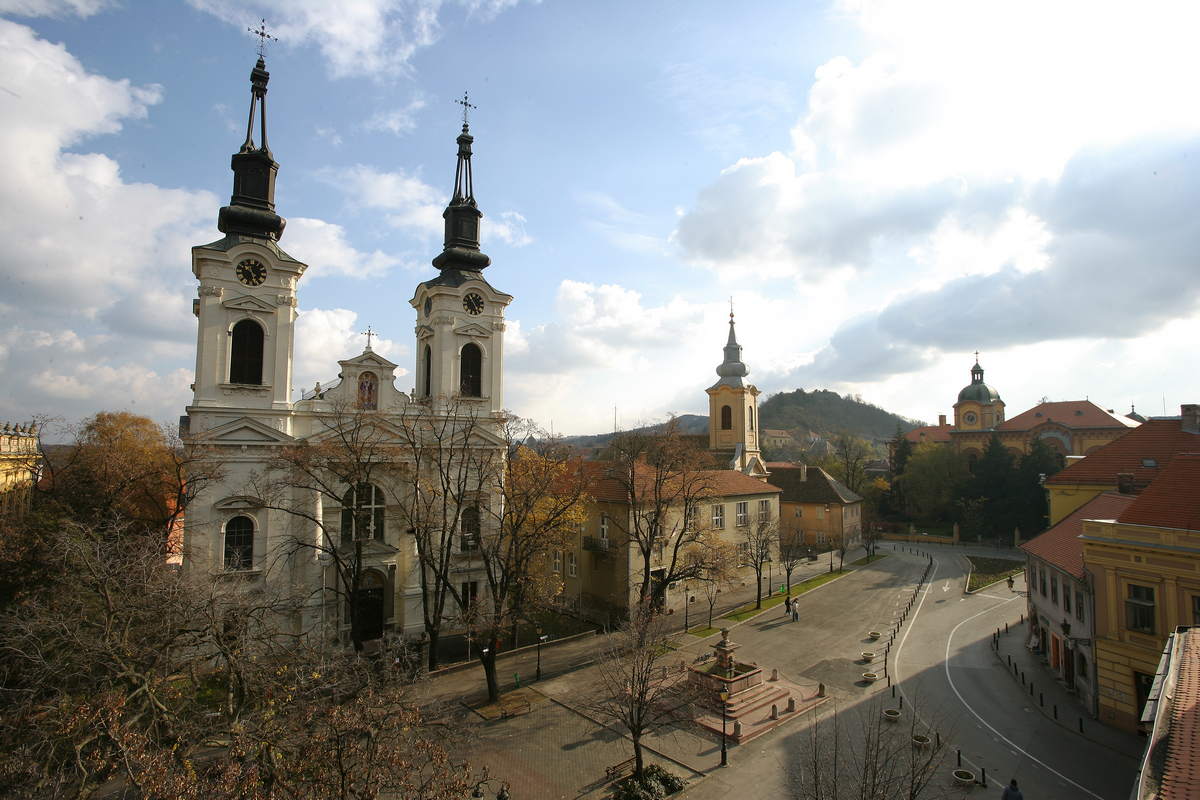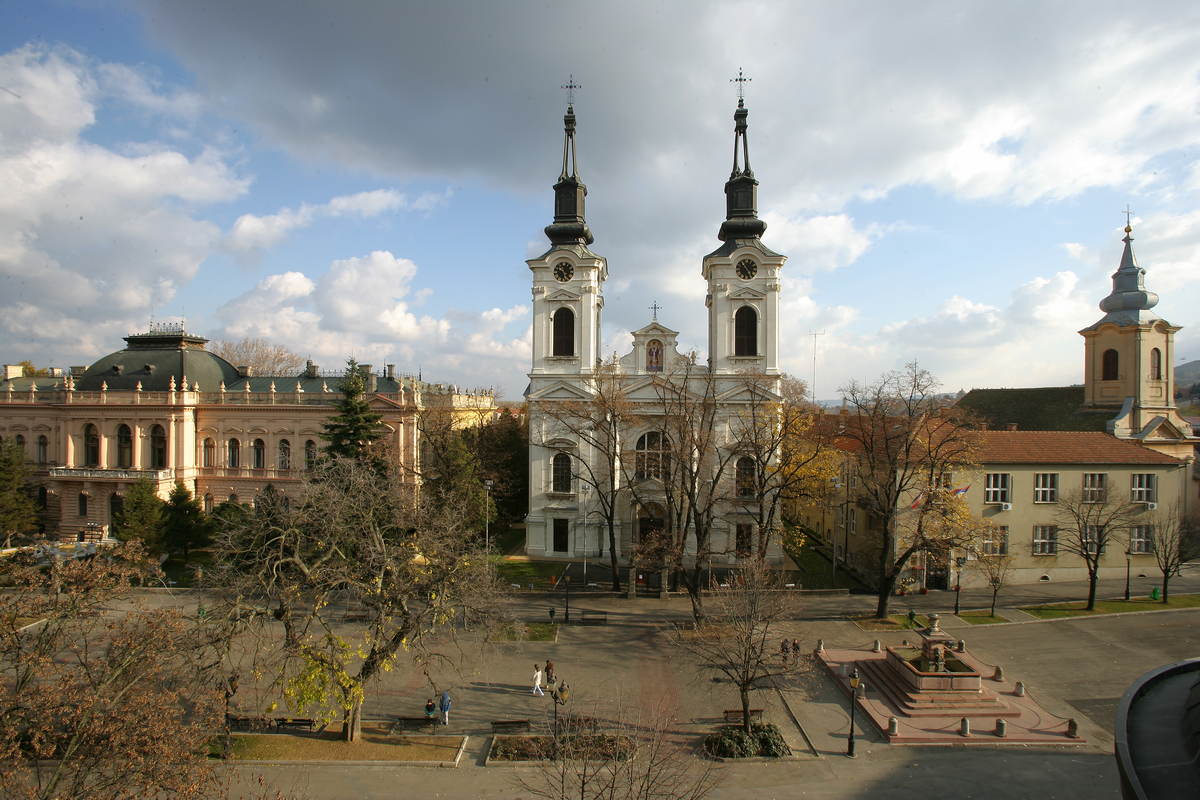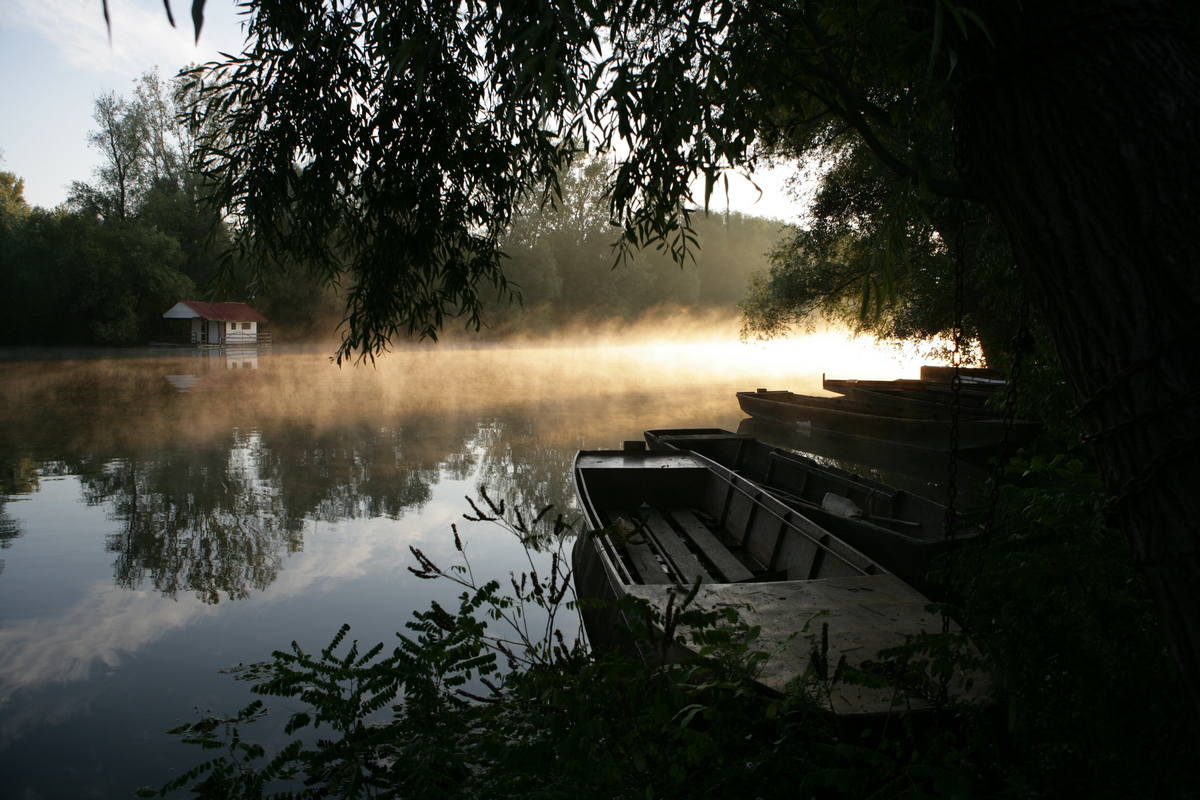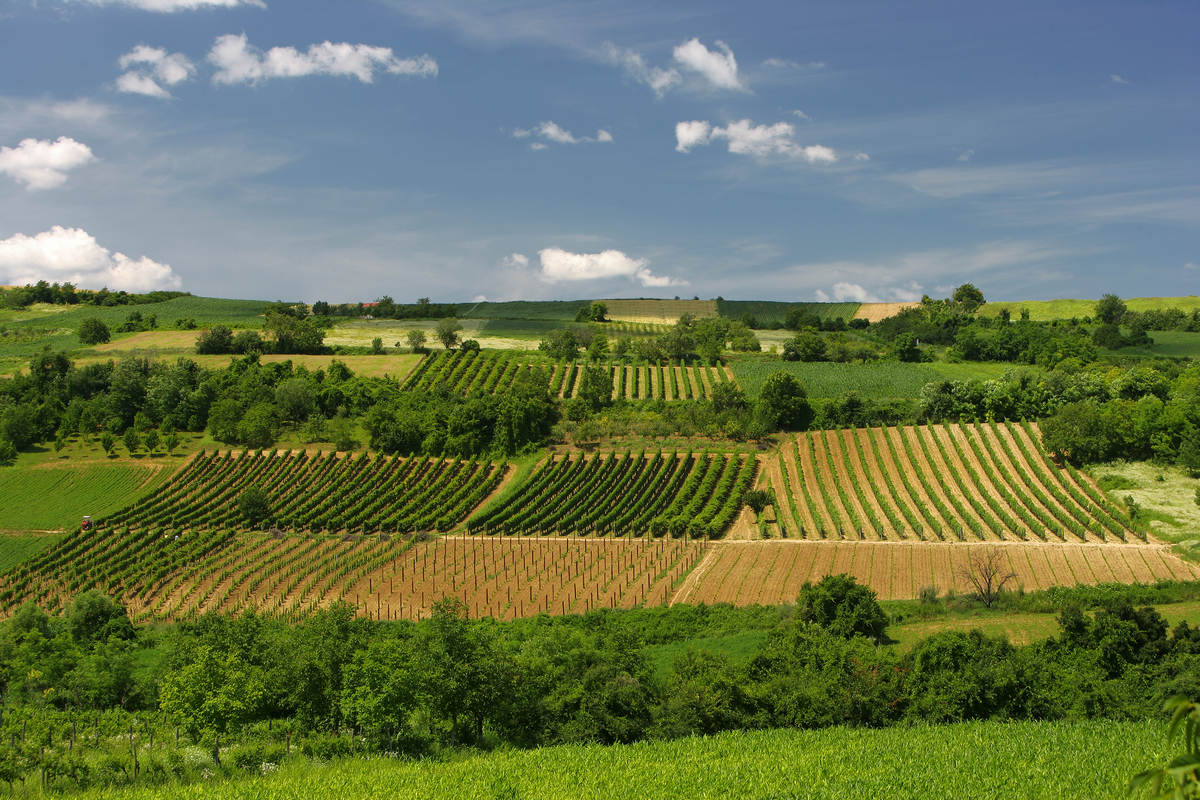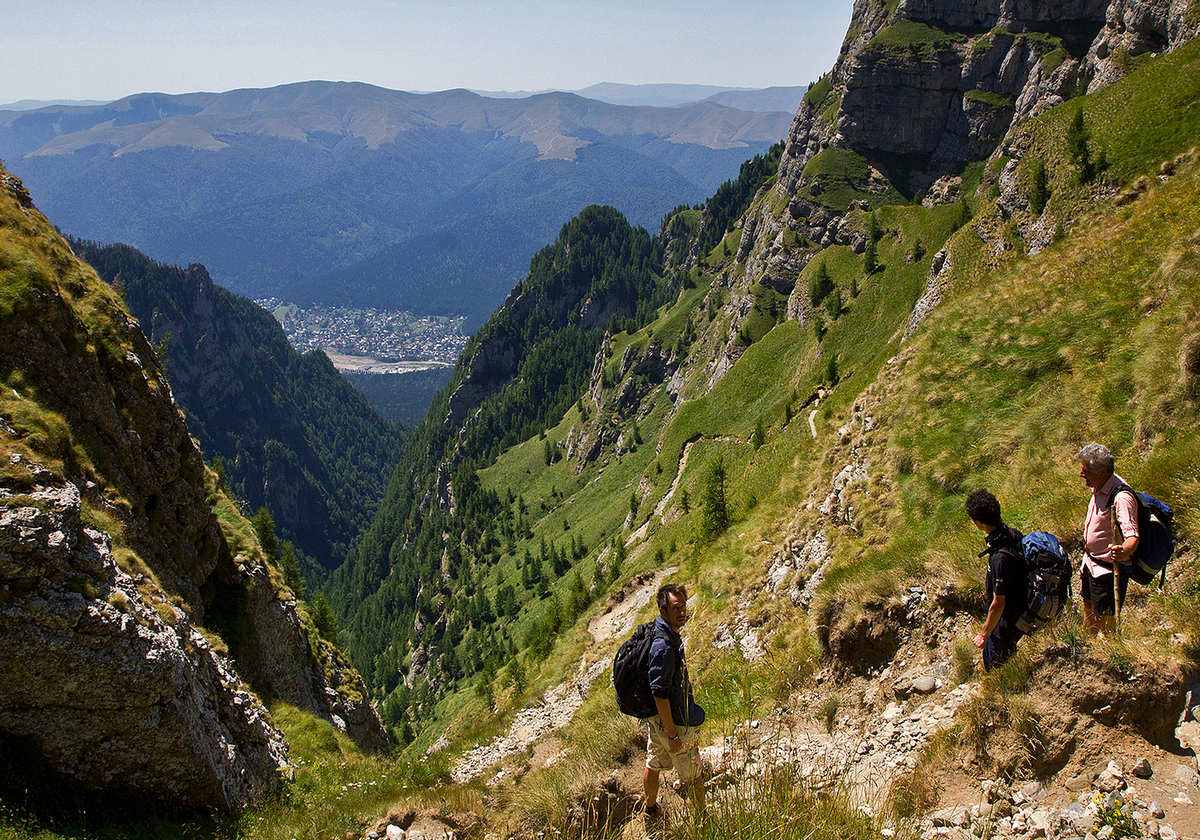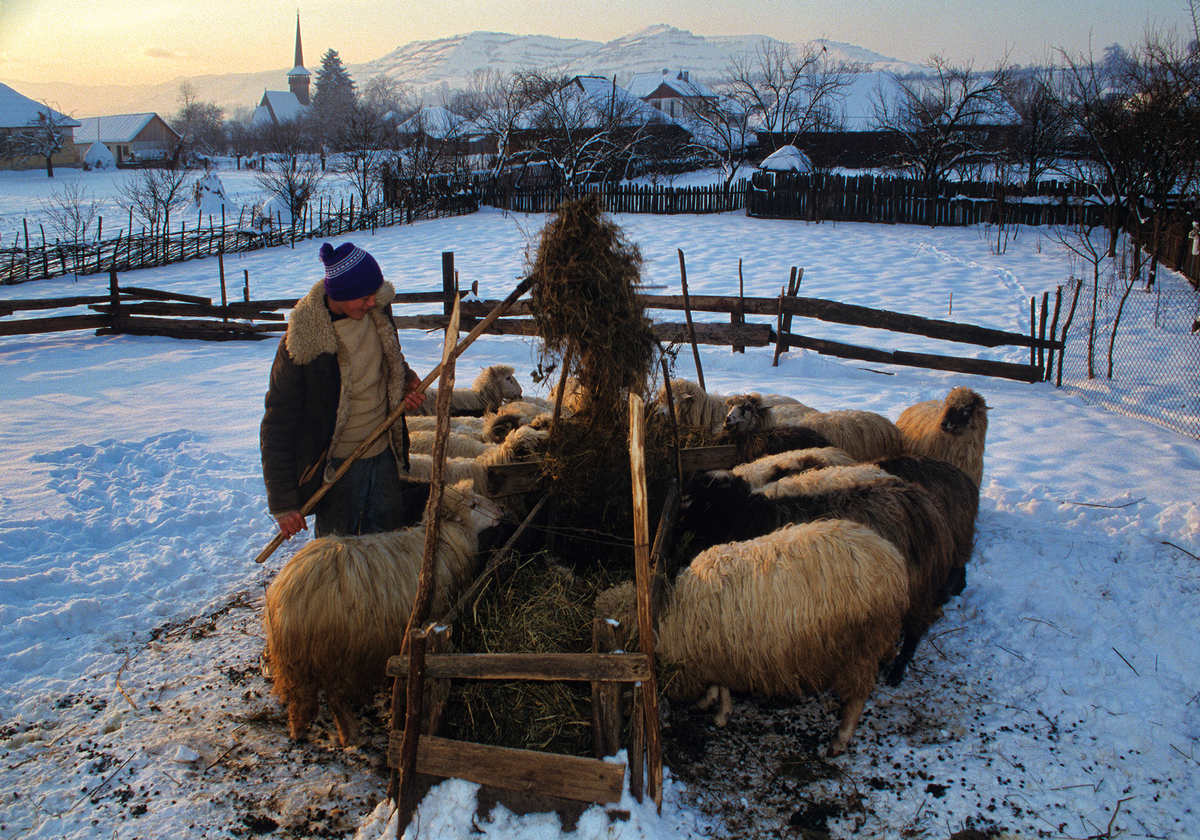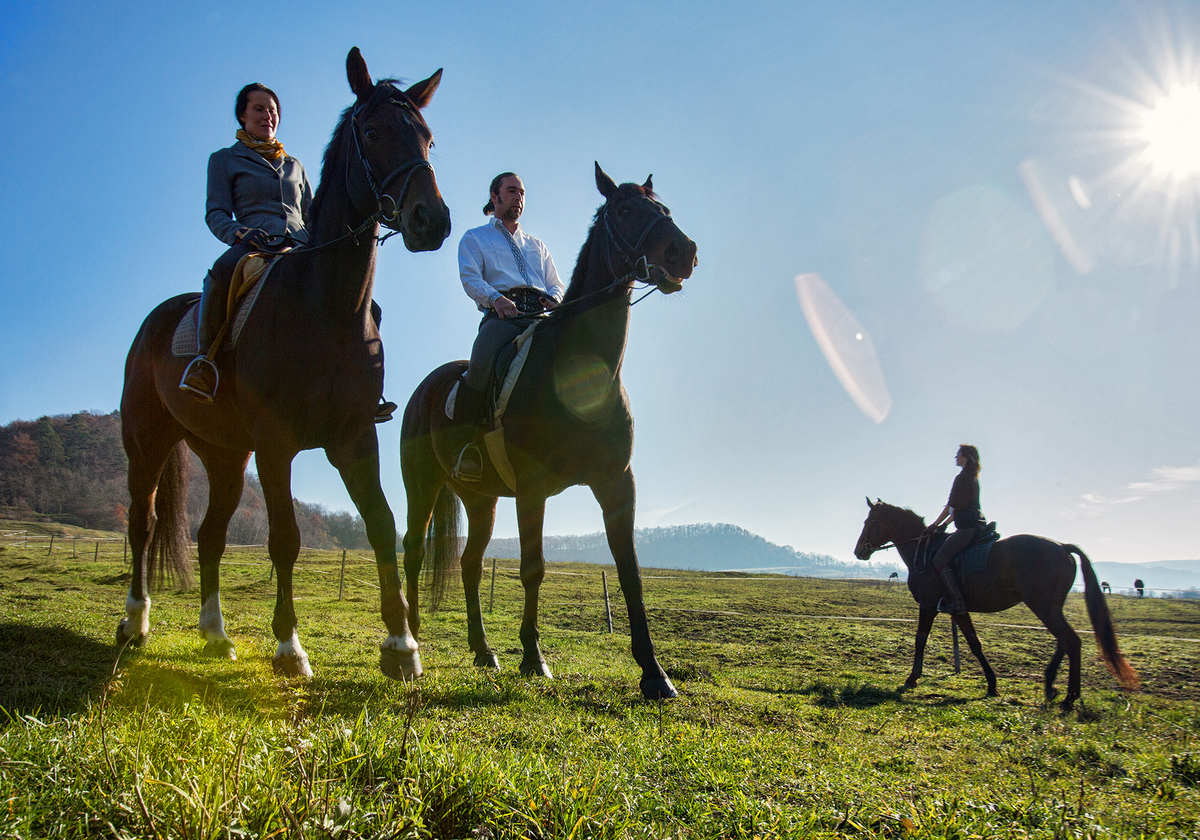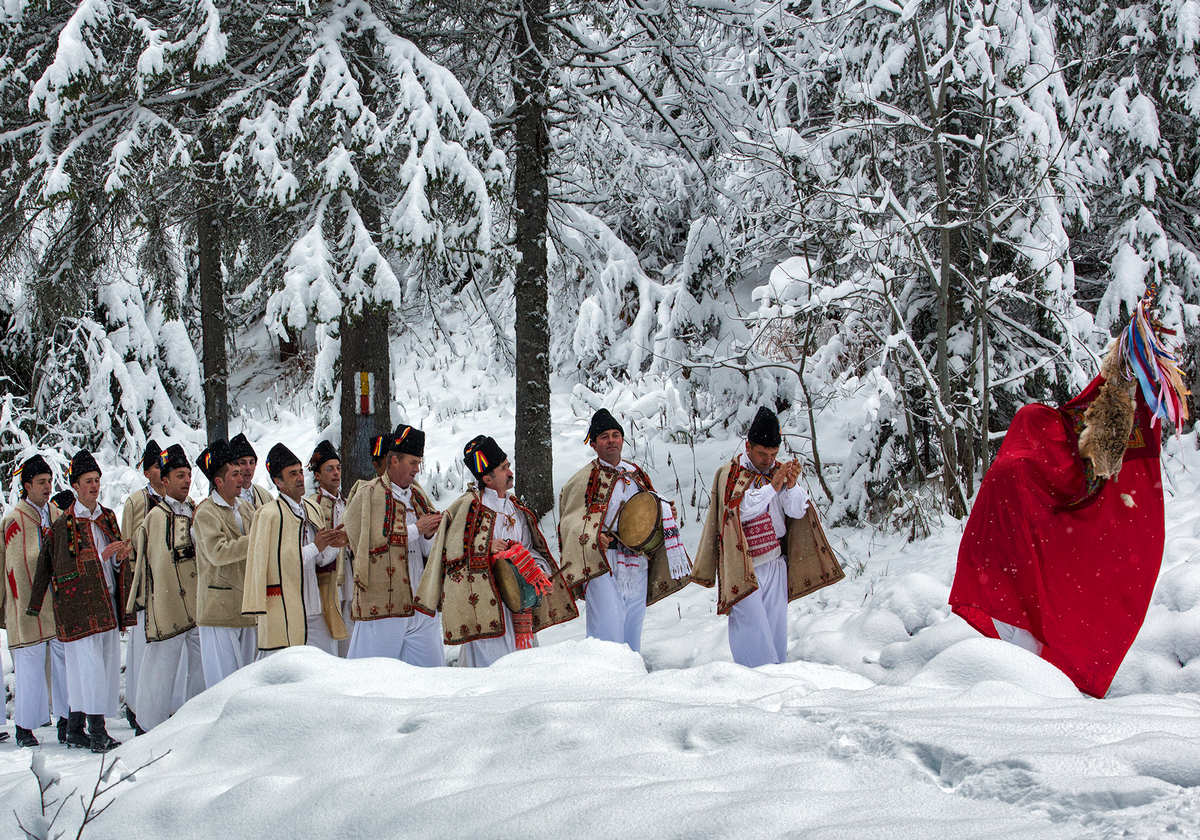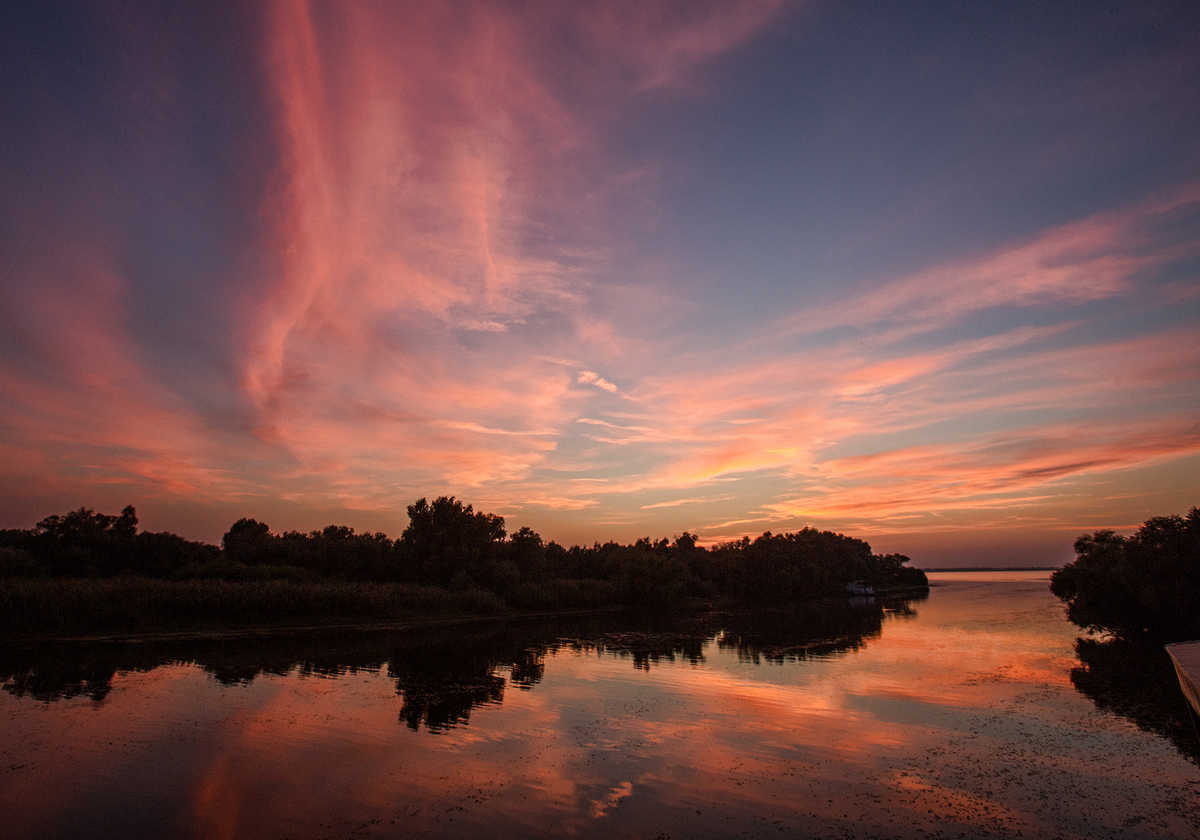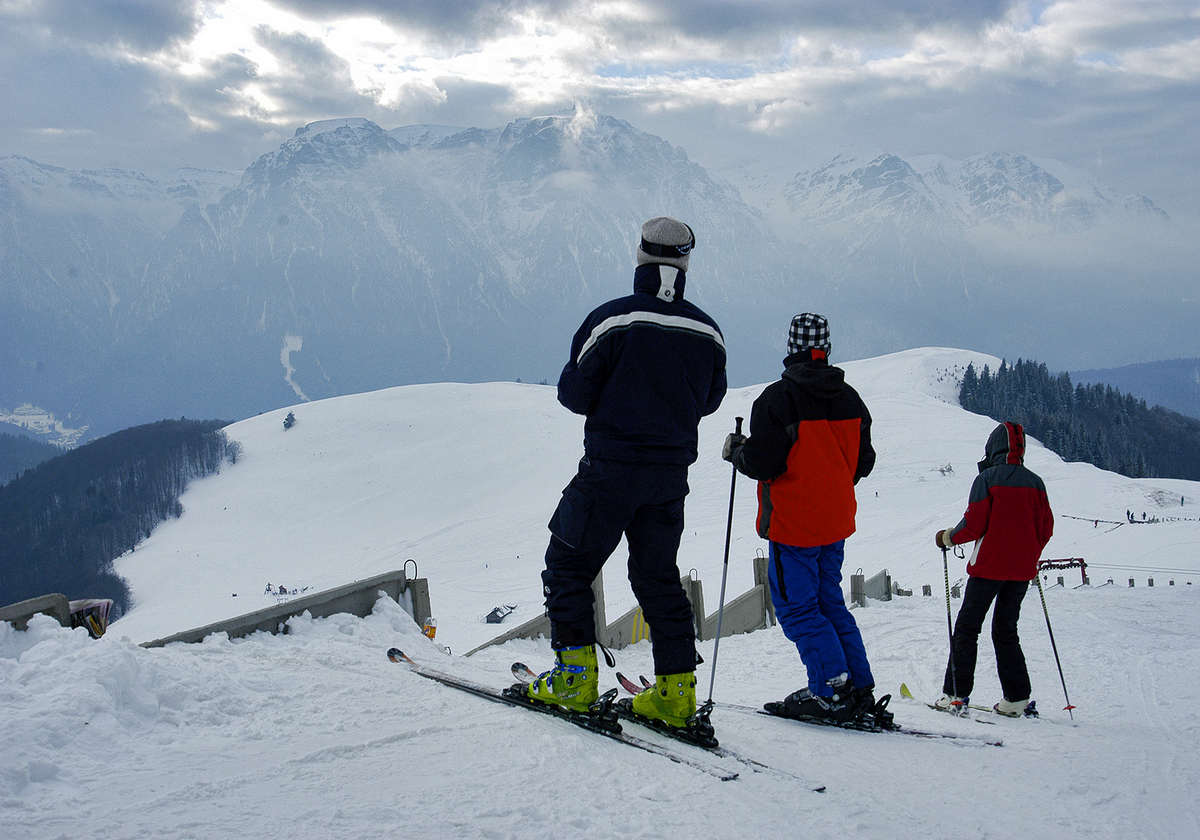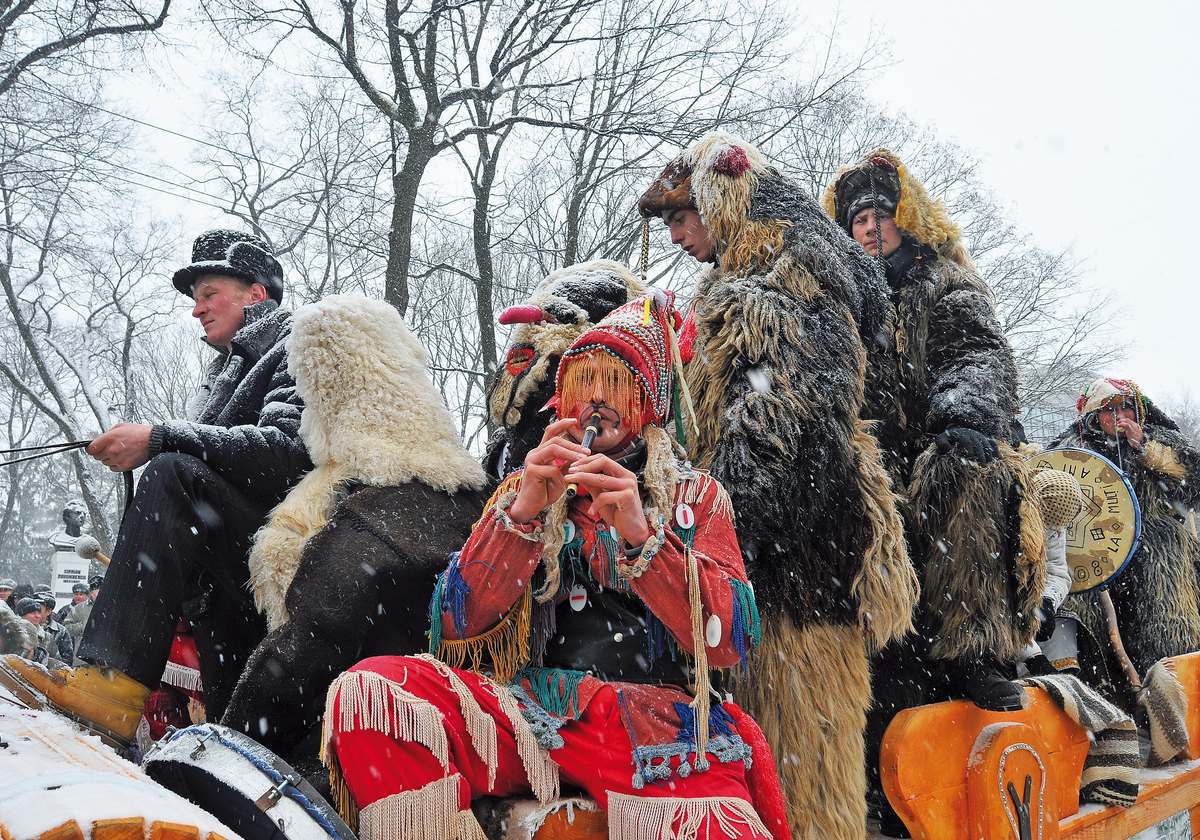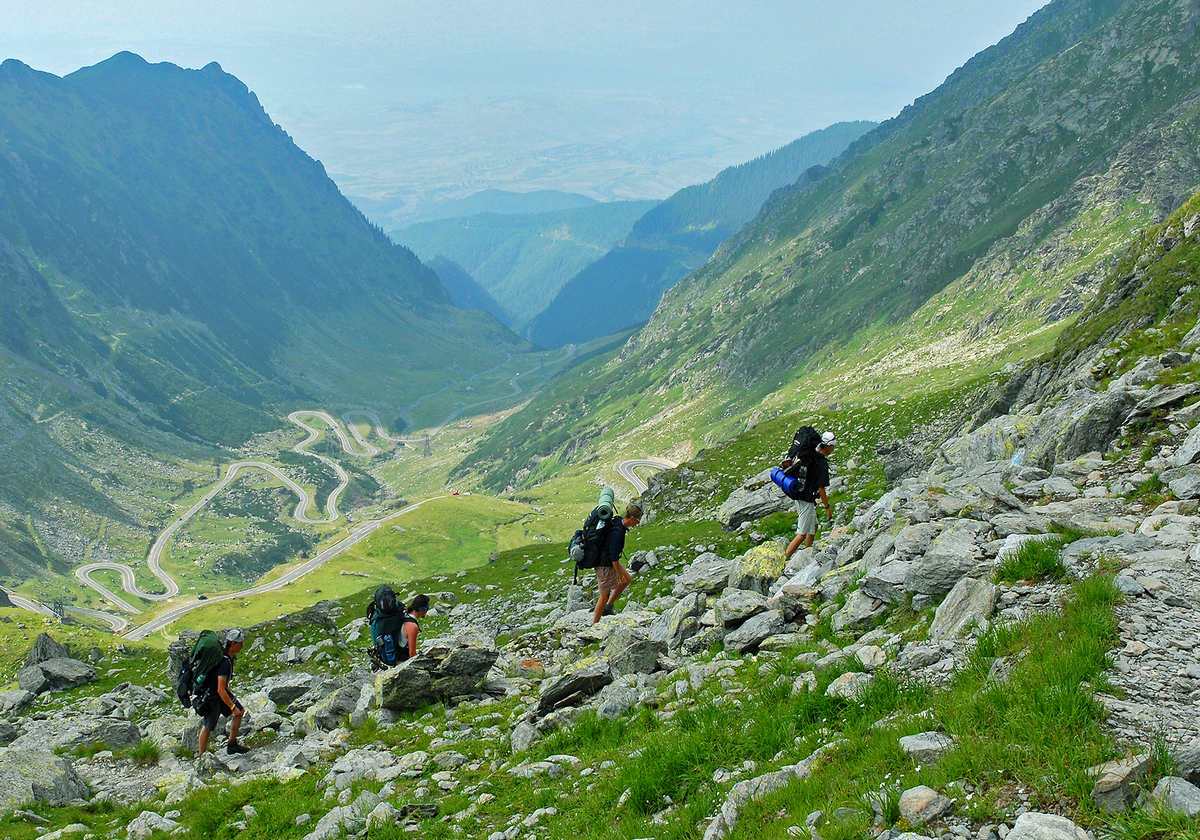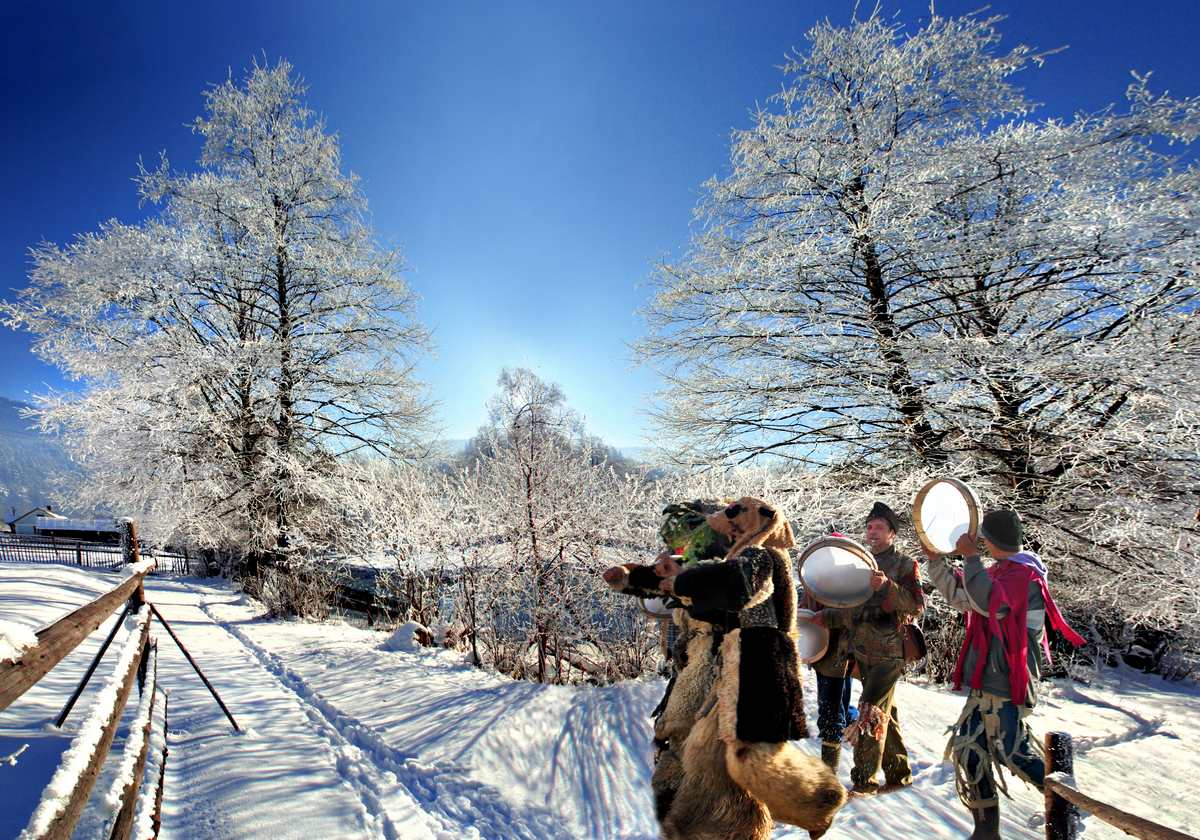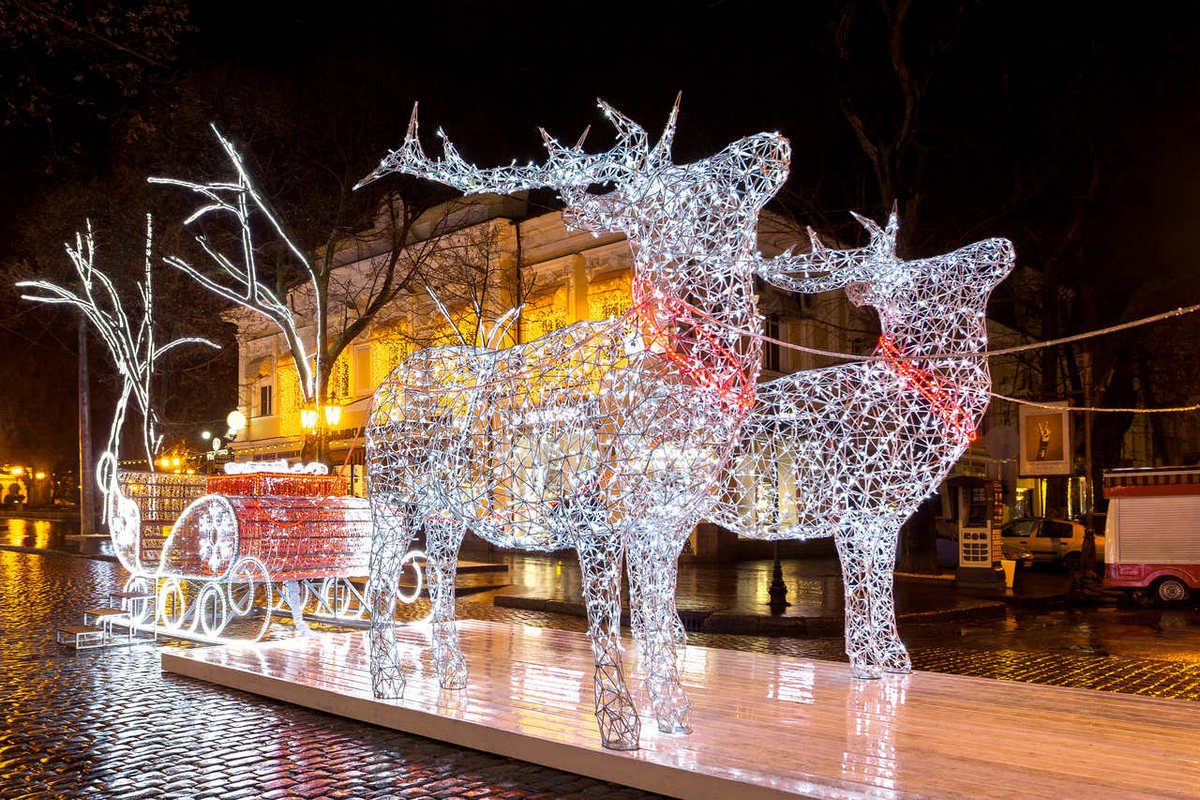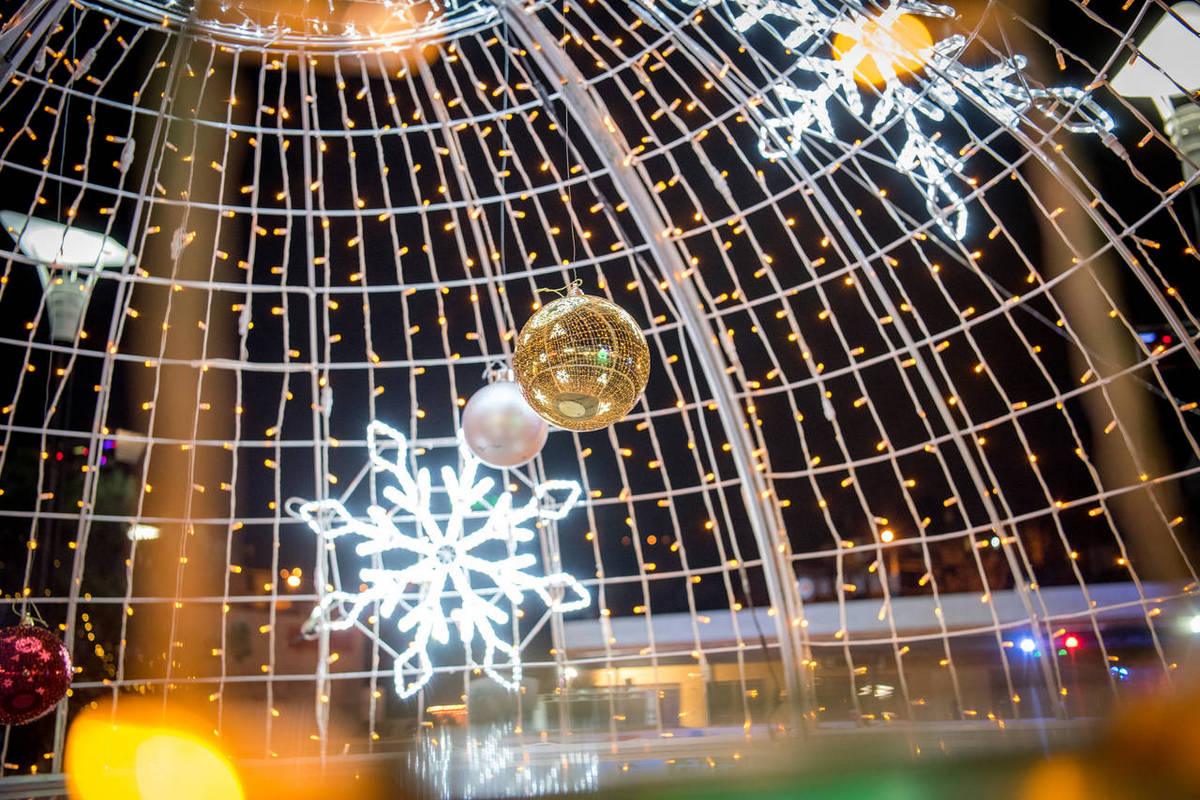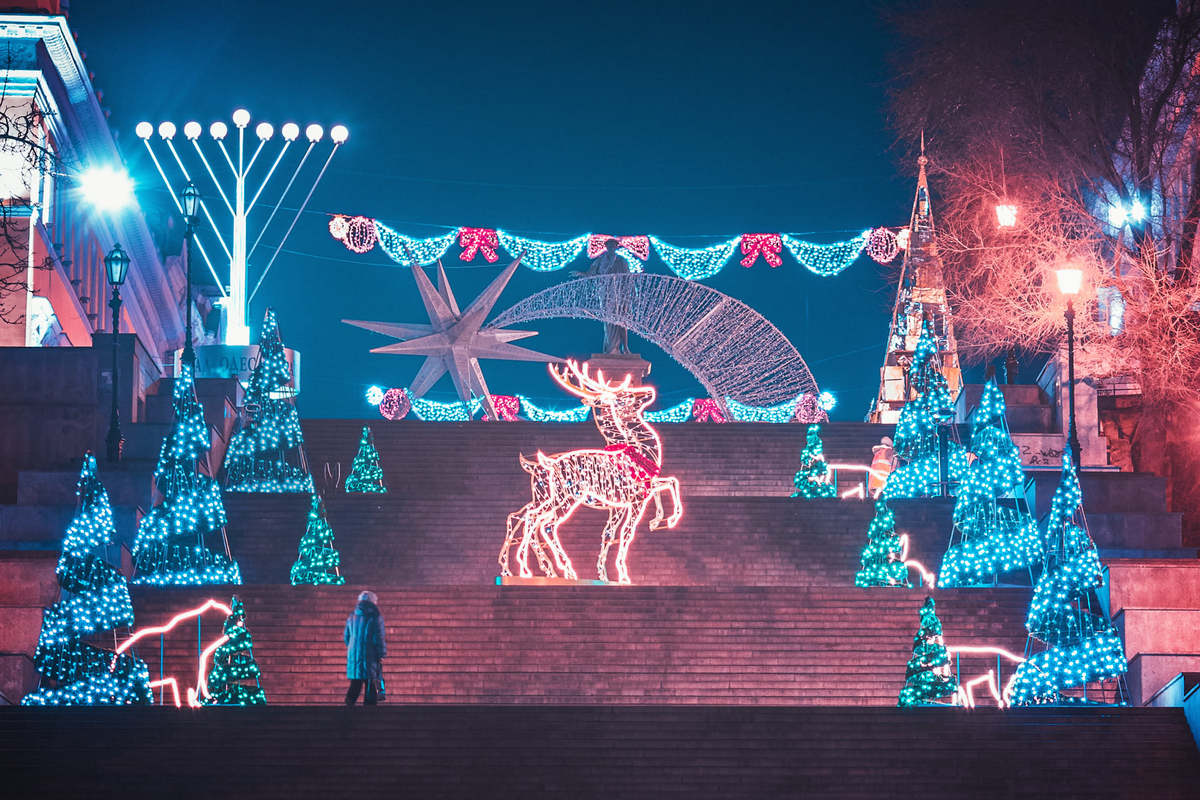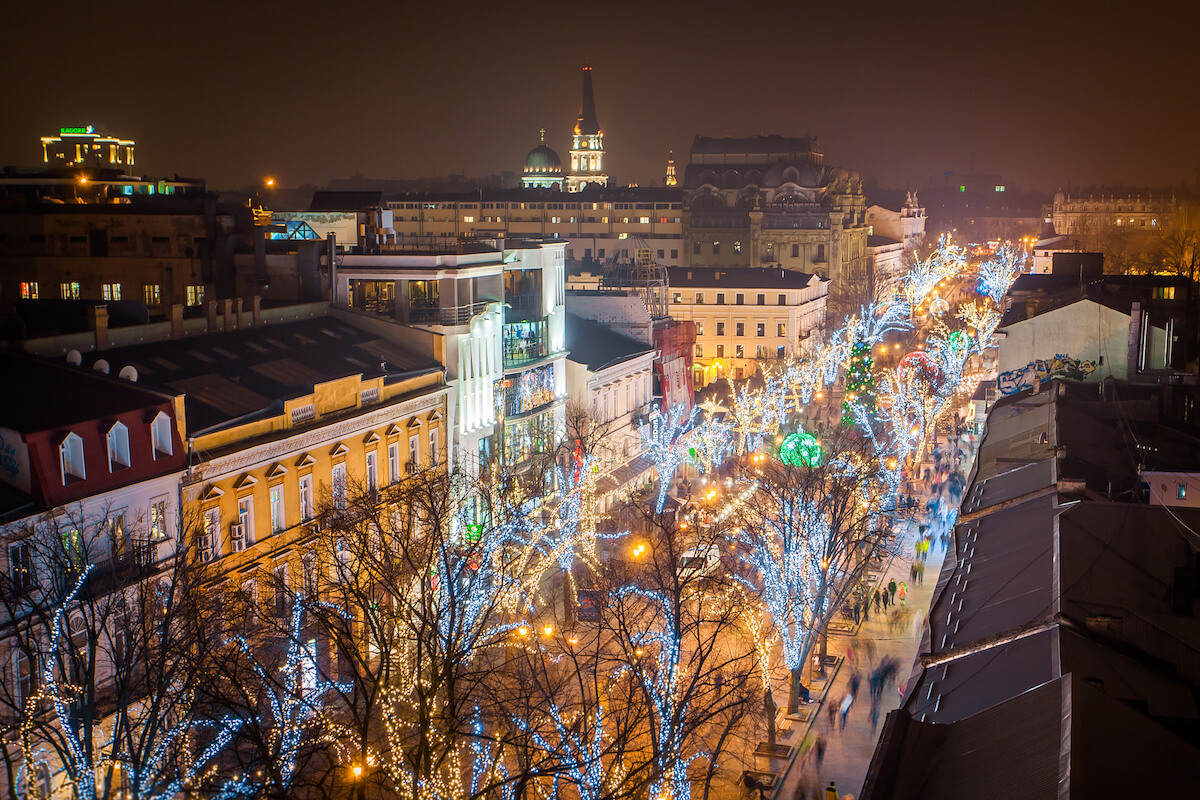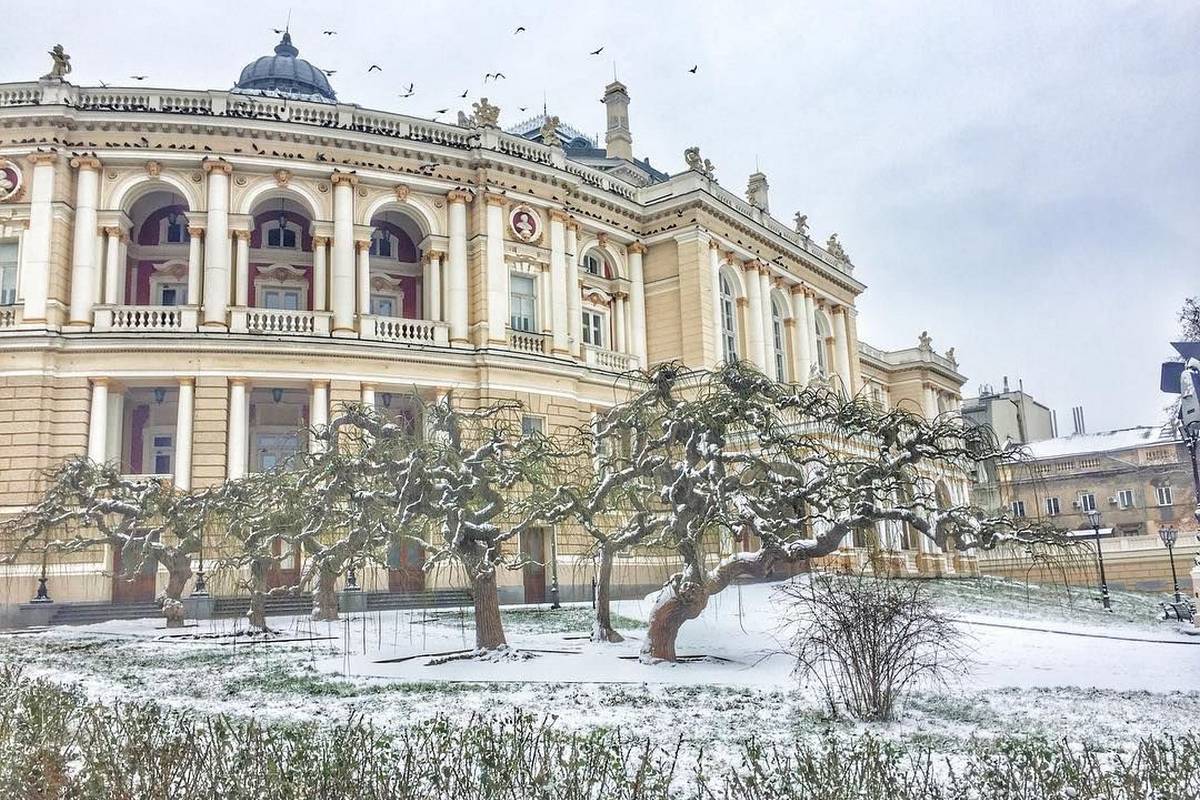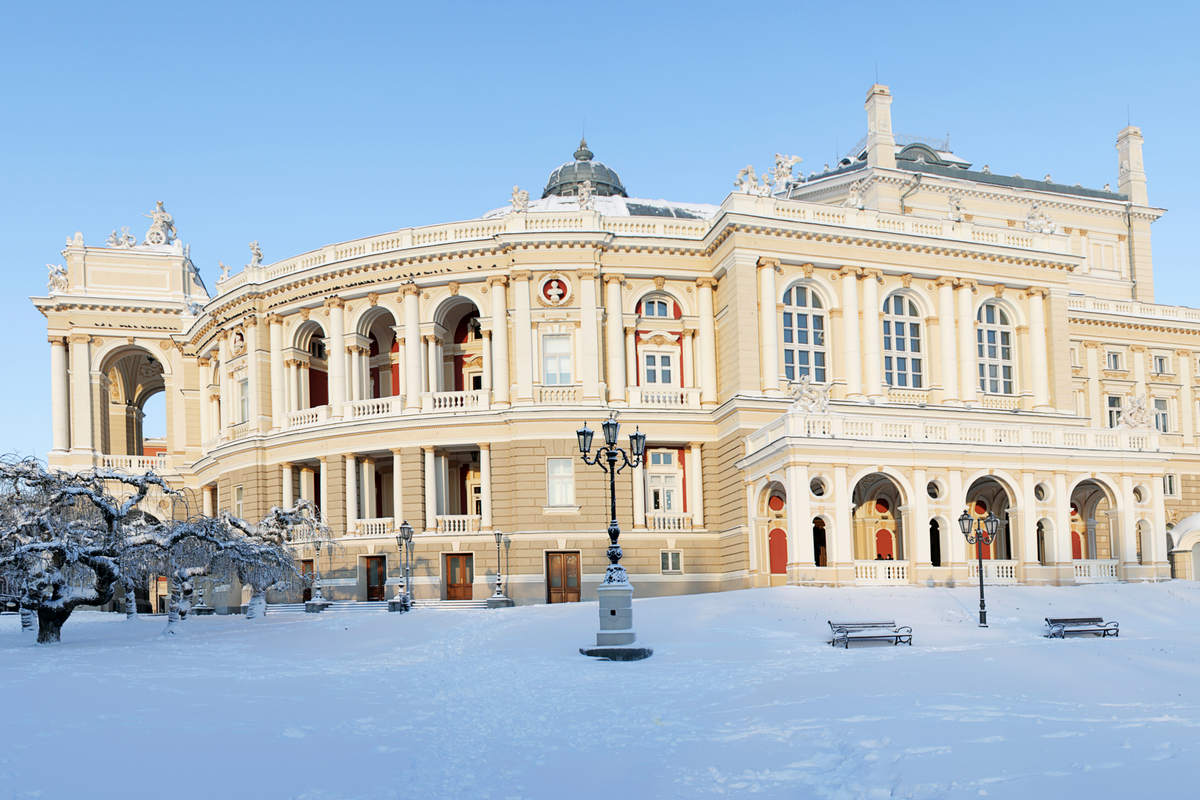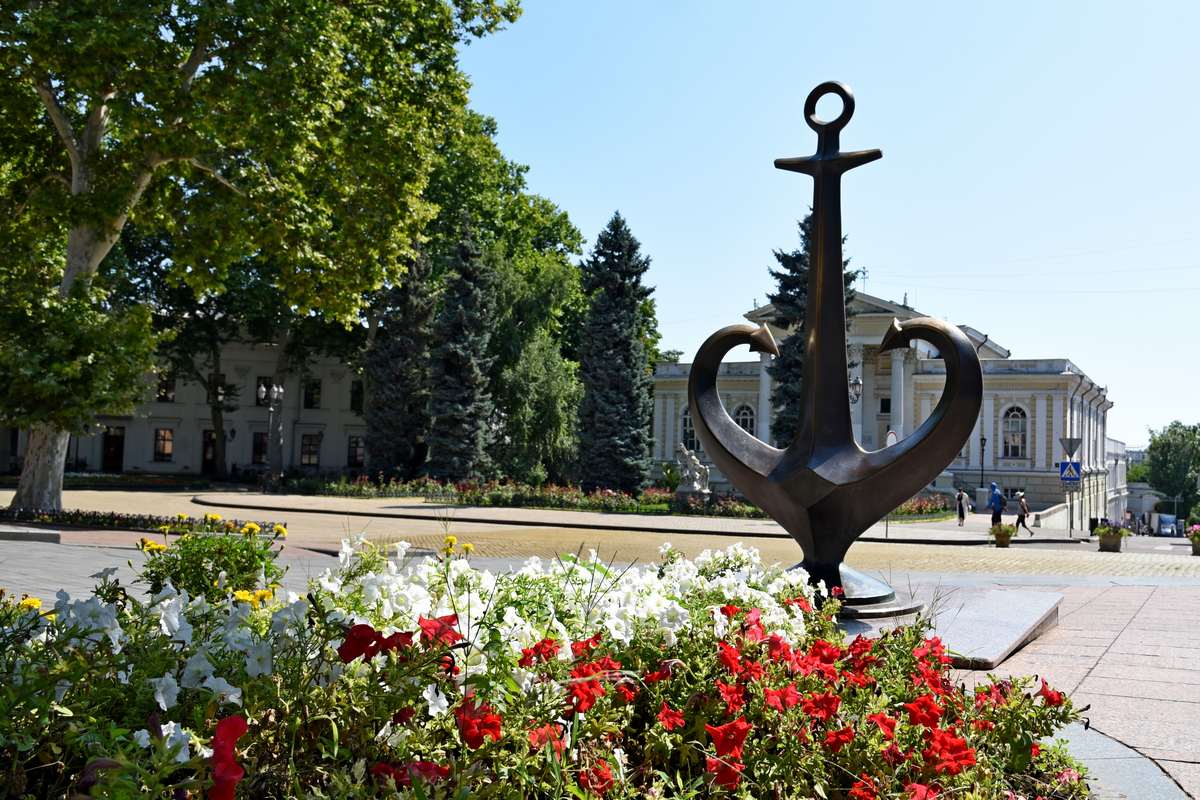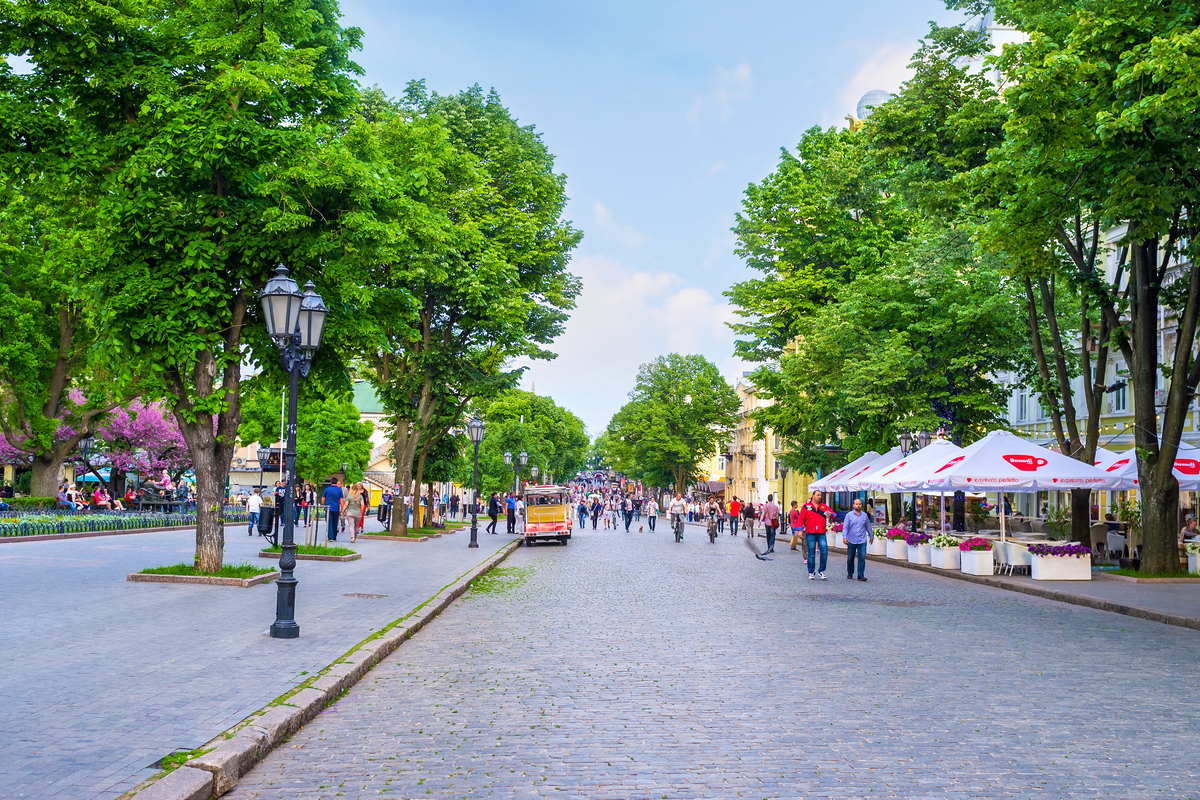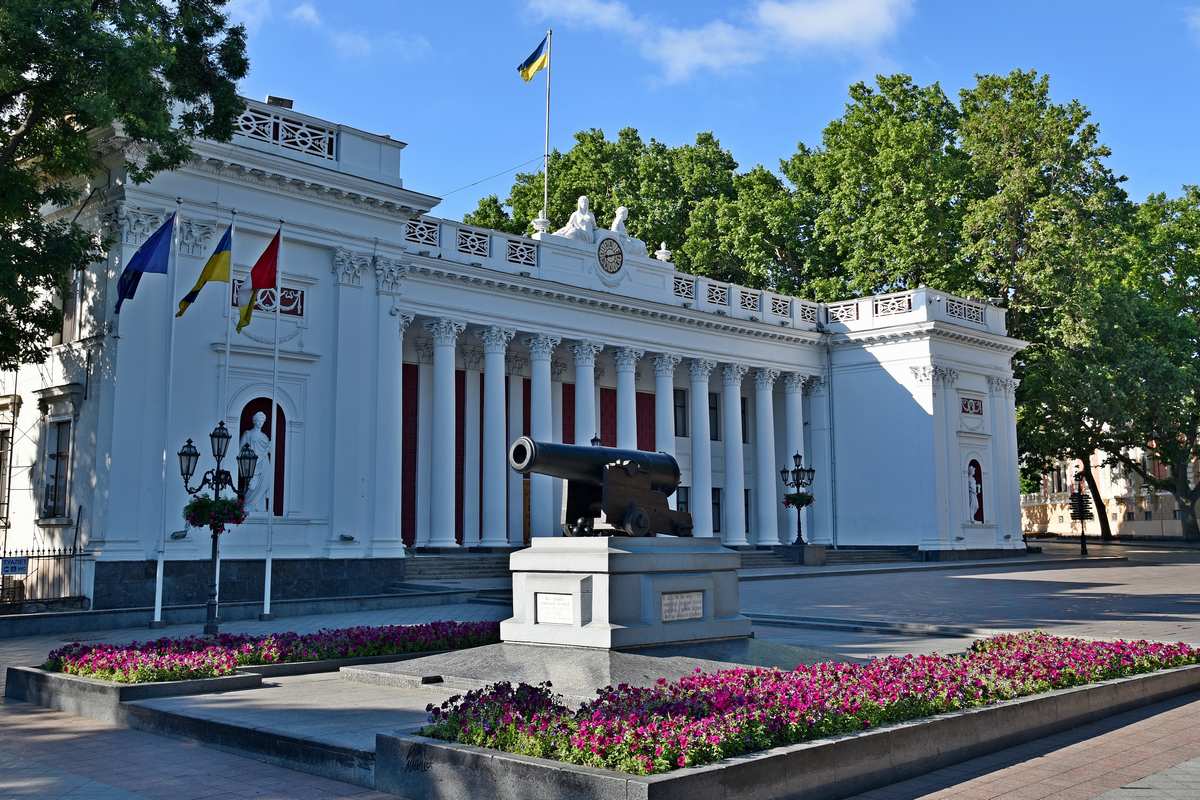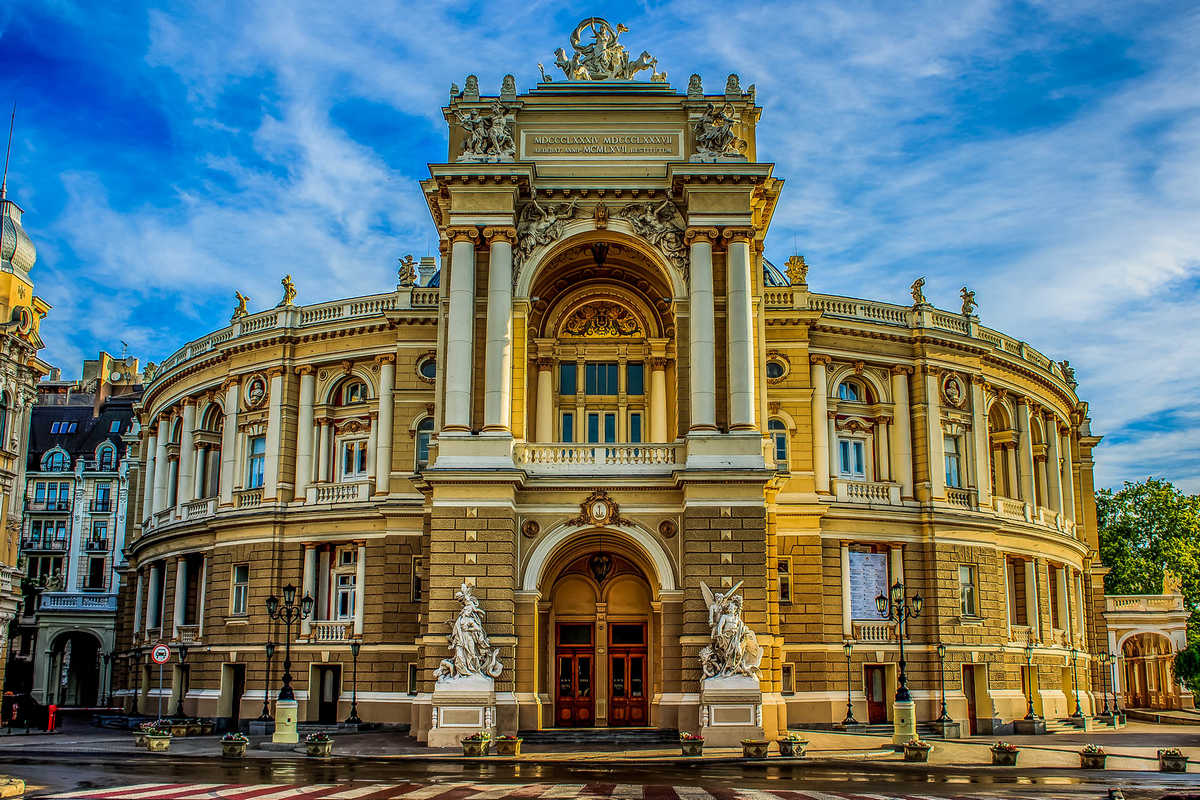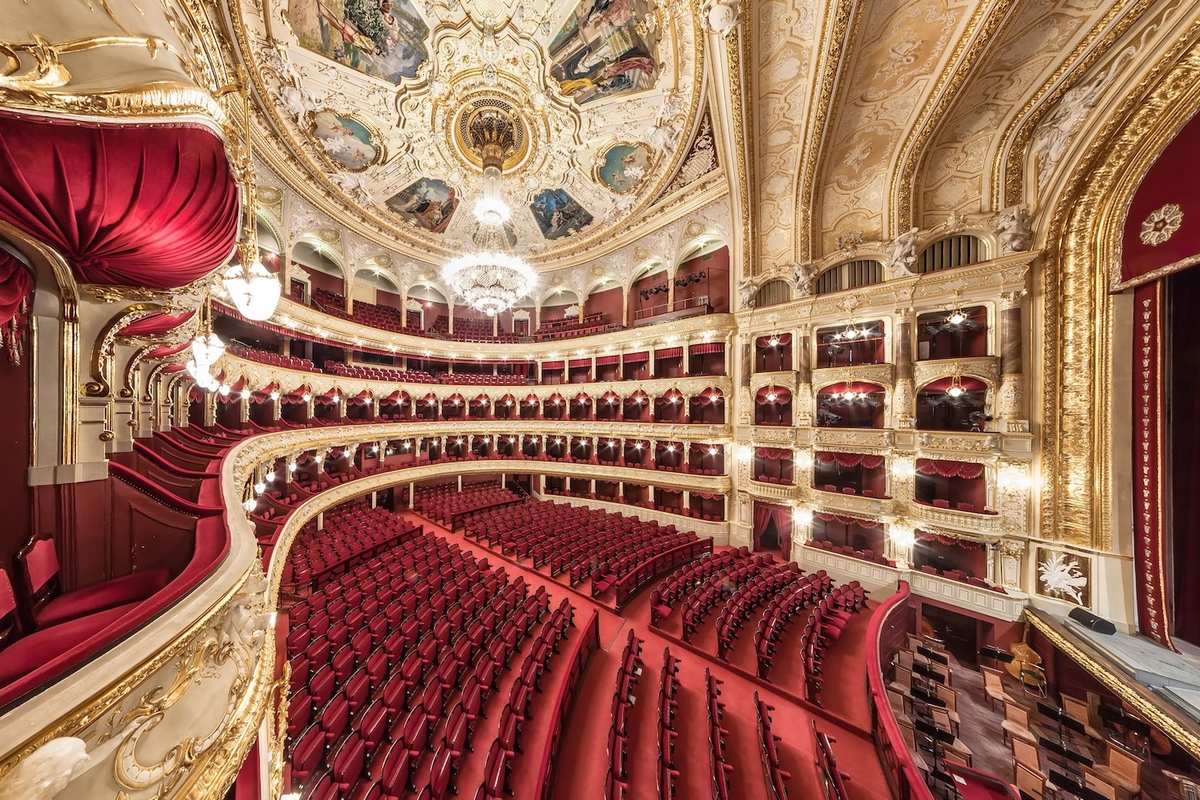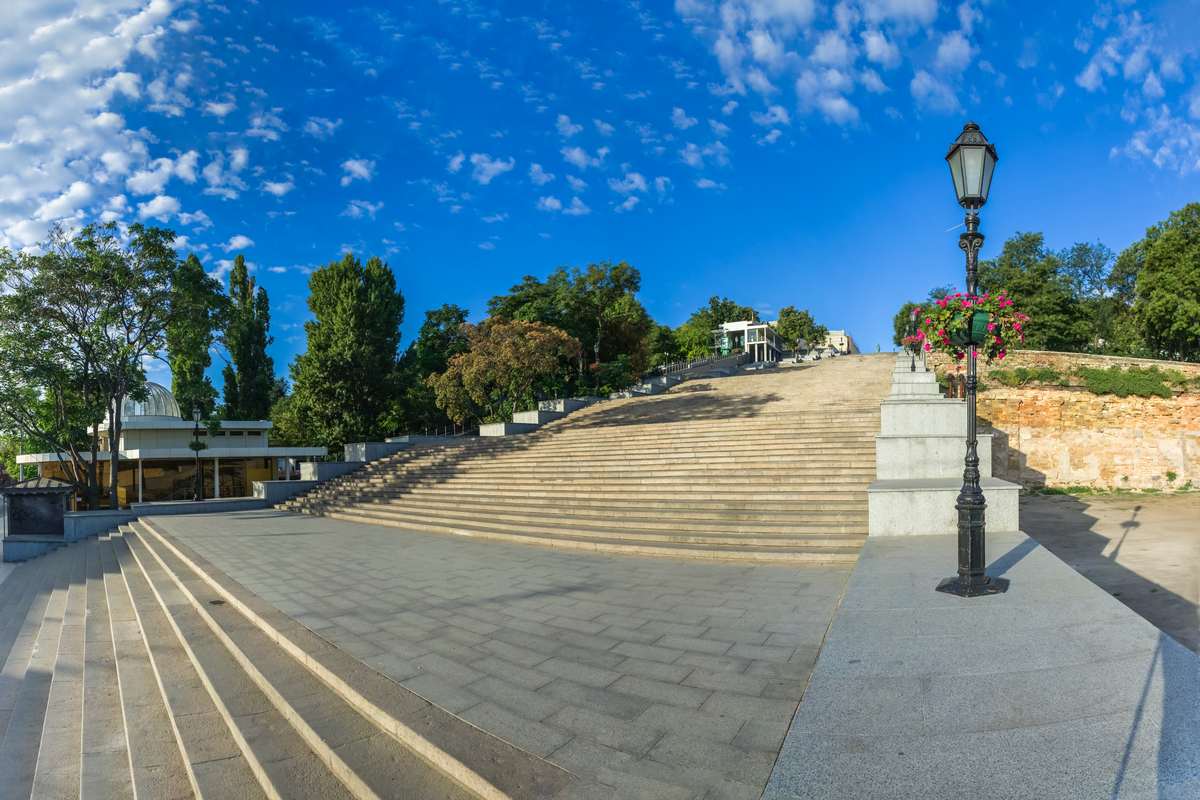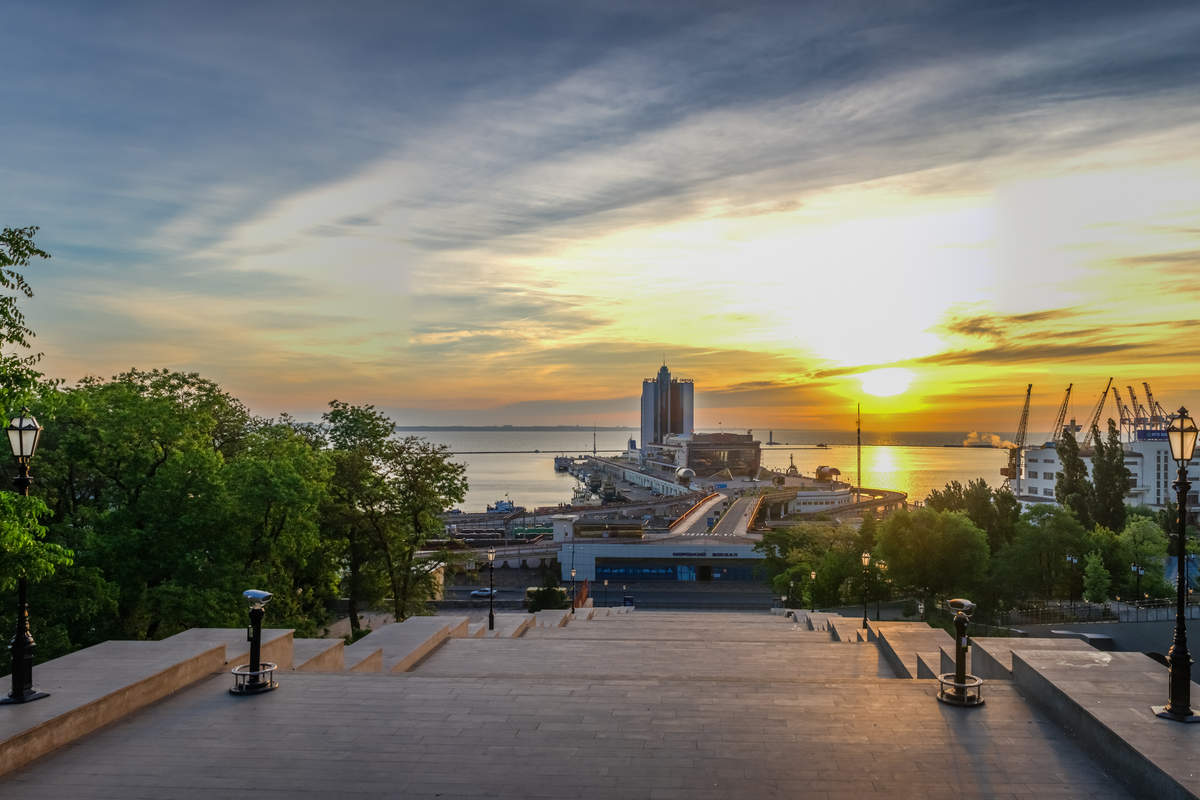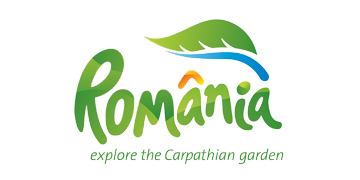Happy Holidays & Welcome to 2021 Joy of Danube Outdoors
Flowing through ten European countries, the Danube unites different cultures and traditions of more than hundred million people living near the river. While festive season is coming in these unusual times, we may wish you Happy Holidays hoping that in 2021 you would have a chance to visit our beautiful Blue Danube and therefore we are presenting you the Joy of Danube Outdoors
Germany
Christmas baking in Germany – all about biscuits, stollen cake and lebkuchen: Many shops start displaying spiced biscuits, lebkuchen and other seasonal treats at the start of September. Families tend to start baking in mid-November, filling the air with the scent of cinnamon, cloves, vanilla and aniseed. Festive shapes cut from buttery short pastry and classic treats such as vanilla cookies, cinnamon stars and macaroons can be found on most plates. We highly recommend that you try regional treats in the Danube region.
Nature as far as the eye can see: There are amazing cultural and natural landscapes scattered throughout Germany. Many of them won’t be found anywhere else on Earth, are tremendously beautiful and worth exploring all-year round. Discover the amazing Danube region on a hiking tour or by bike.

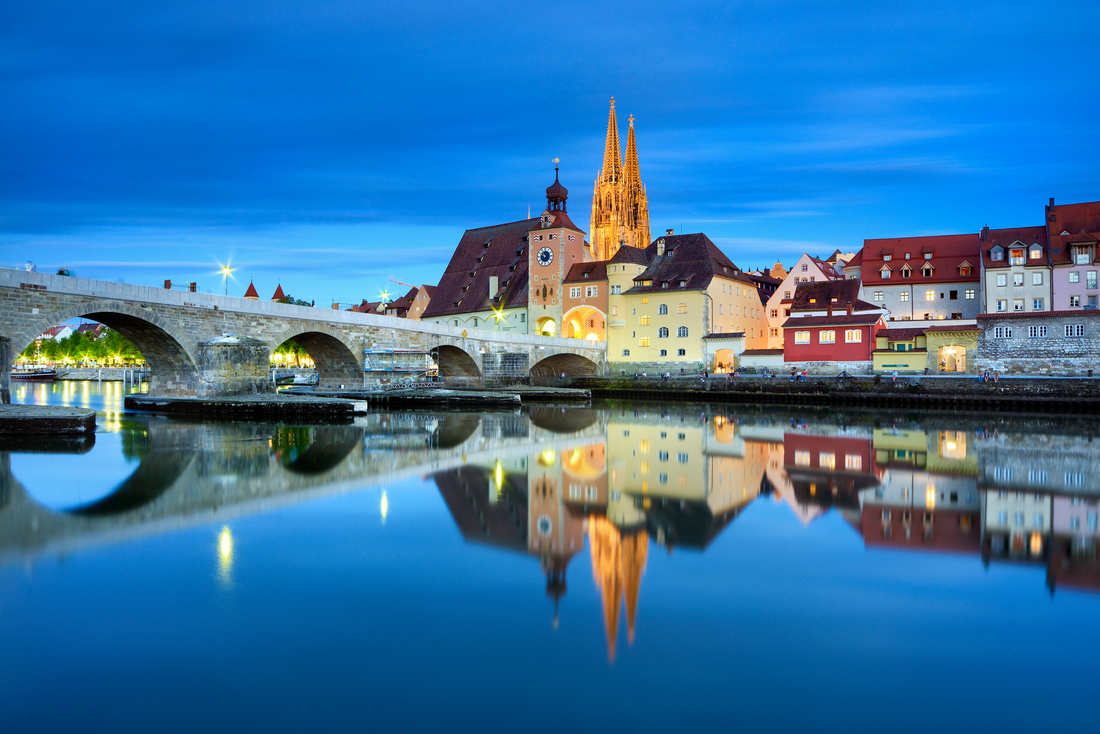
© DZT (Francesco Carovillano)
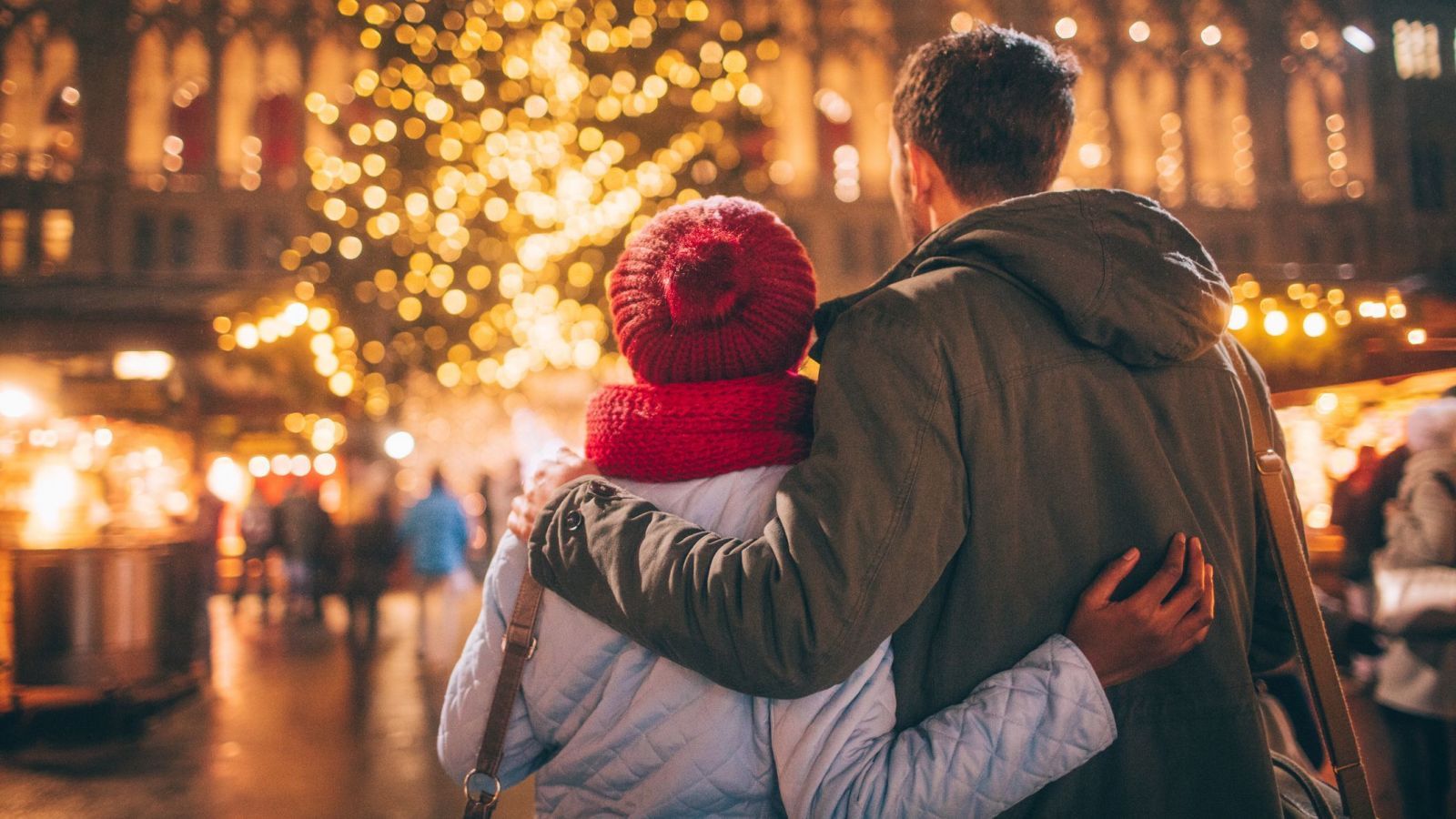
© istock (Aleksandar Nakic)
A festive spark: the romantic Advent period
From baking cookies to making Christmas decorations or singing songs: Germany’s many Christmas traditions create a very special atmosphere in December and help children in particular to pass the long days until Christmas Eve when the ‘Christkind’ or Father Christmas delivers their presents.
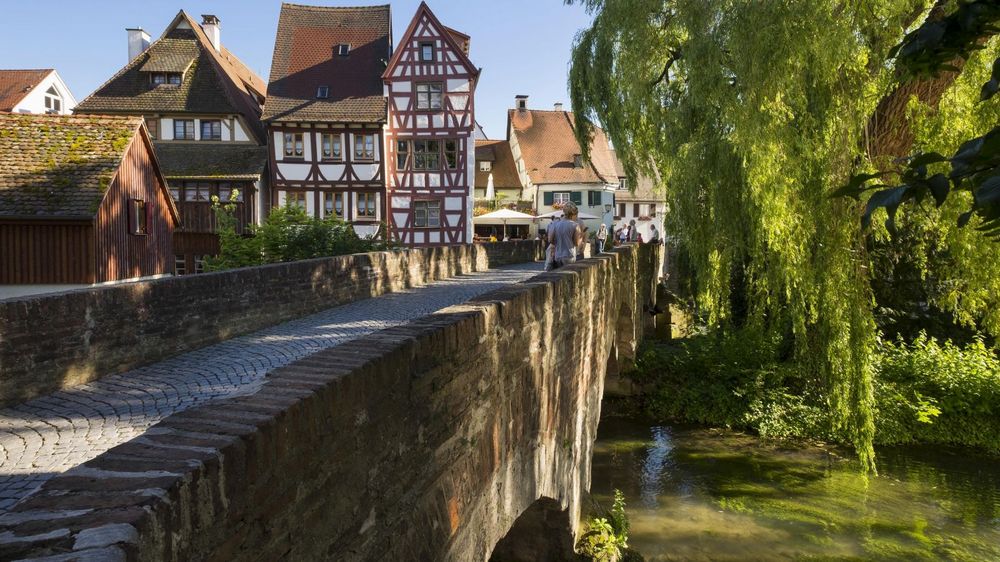
© Getty images (Martin Siepmann)
Danube Cycle Route – the course of a legendary river
The Danube has been a source of inspiration for songs, musical compositions and stories through time. Cyclists don’t need to have been on the Danube Cycle Route for long to see for themselves why this river has always been so influential in the world of the arts and culture.
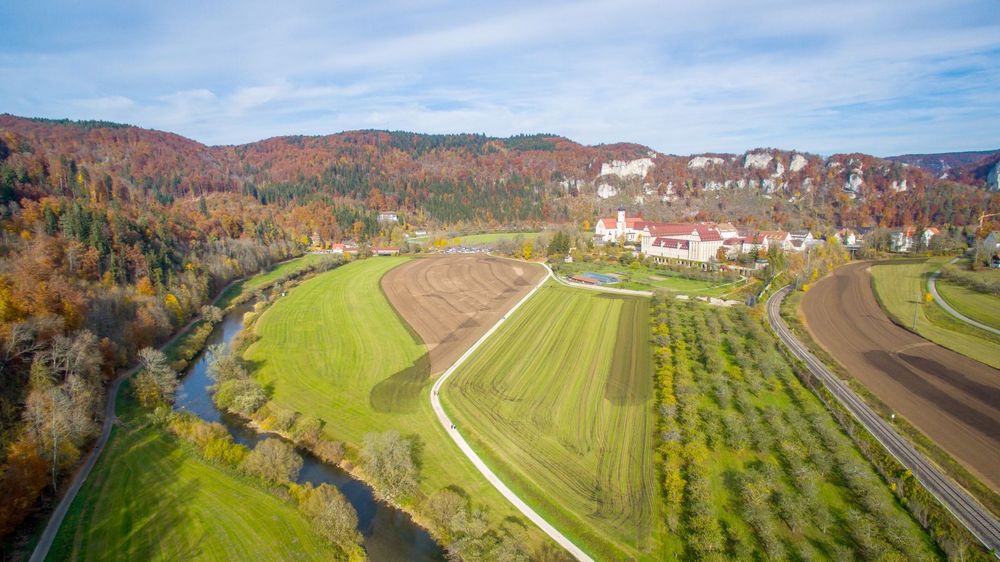
© DZT (Deutschland abgelichtet Medienproduktion)
The Danube Peaks Trail – hiking on a high
The Danube Peaks Trail on the southern edge of the Swabian Jura is easy to explore on foot in four daily stages. The thin strip of the still-narrow Danube snakes its way through the valley while hikers usually take the path at lofty heights.
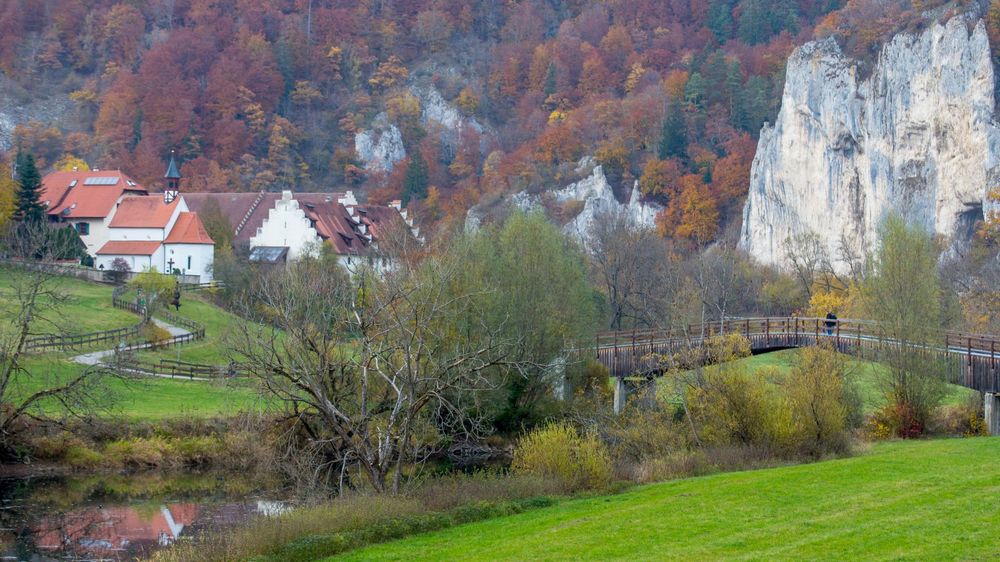
© DZT (Deutschland abgelichtet Medienproduktion)
The Danube Zollernalb Trail – Hiking from the Danube to the Albtrauf escarpment
The Danube Zollernalb Trail is the big brother of the Danube Peaks Trail. If you put the two hiking trails together, you get a major hiking tour through south-west Germany.

© Getty images (Westend61)
Danube-Lake Constance Cycle Route – stunning lake and river settings
The Danube-Lake Constance Cycle Route takes cyclists on a tour of Upper Swabia and the Württemberg Allgäu region featuring gently rolling hills, sweeping plateaus and beautiful forest and meadow landscapes.
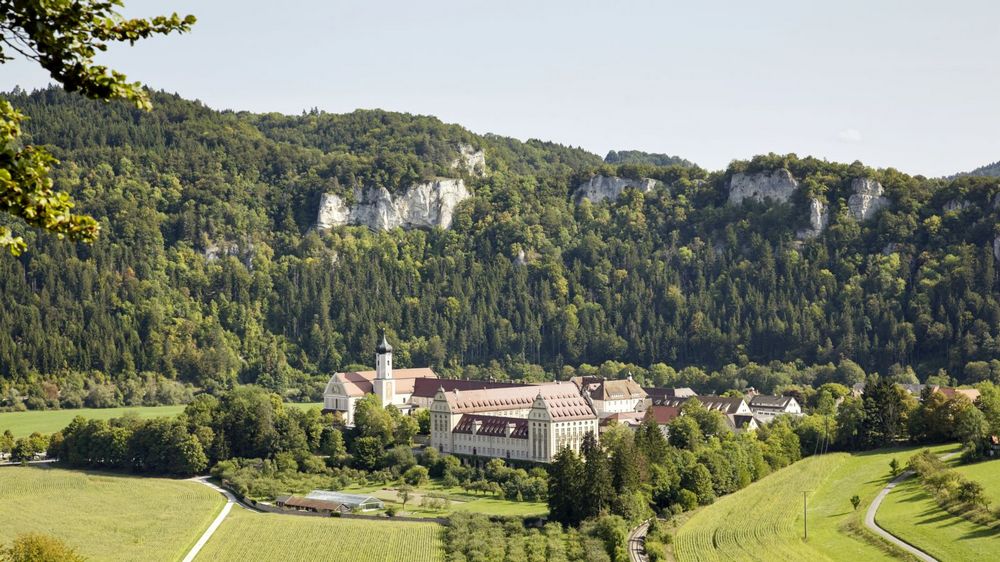
© DZT (Jürgen Pollak)
Upper Danube Nature Park
The highland scenery of the Upper Danube Nature Park is characterised by its rugged limestone cliffs dating back to the Jurassic period, mixed woodland and the vast Alb plateau.
Donau Radweg ©German National Tourist Board, author: Lennart Pagel
Donau Radweg ©German National Tourist Board, author: Lennart Pagel
©GNTB/K22
©GNTB/K22
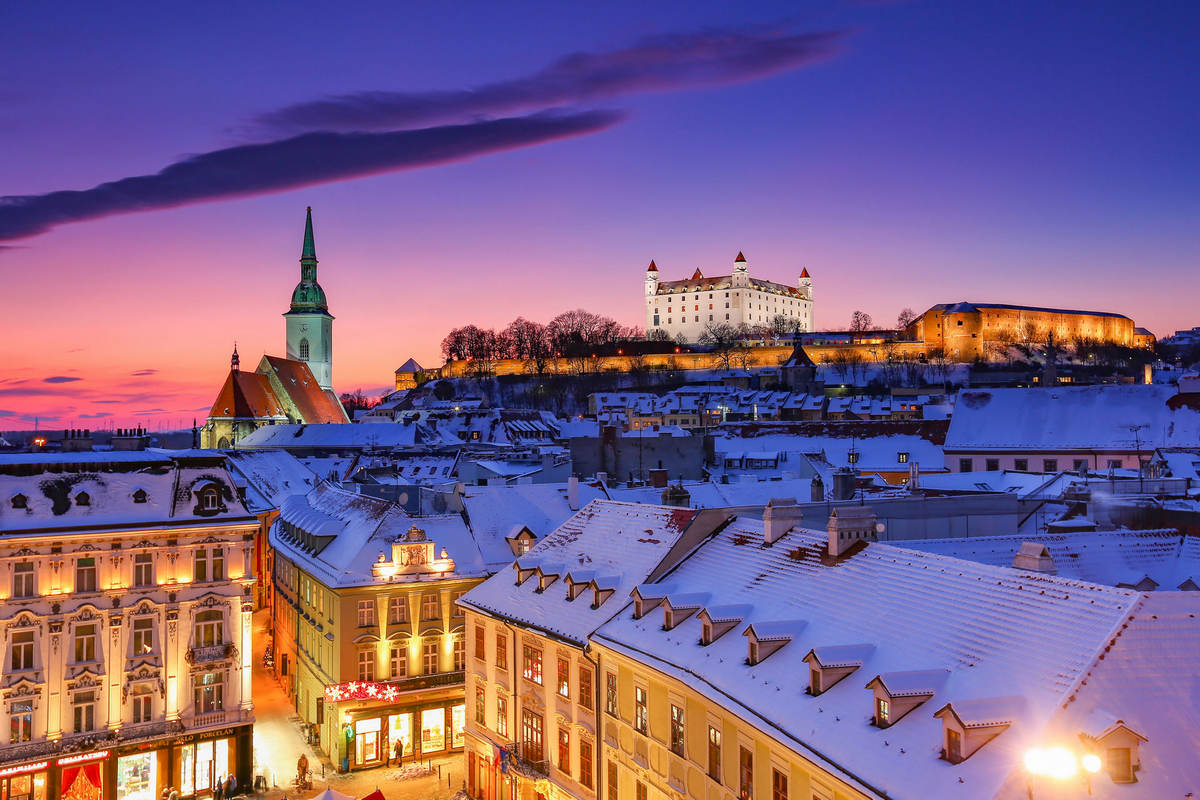
The Favourite City Of Maria Theresa
Bratislava castle, shaped like an inverted table, has witnessed many historical events. Today, after extensive renovations, it is once again a Baroque residence, the same as when Maria Theresa ruled over it in the 18th century. Its courtyards are now alive with classical music concerts and theater performances. Enjoy one of the most beautiful views of the city from its eastern terrace. From here it is only a stone’s throw to the Baroque French garden restored according to the original plans of Maria Theresa’s architect.
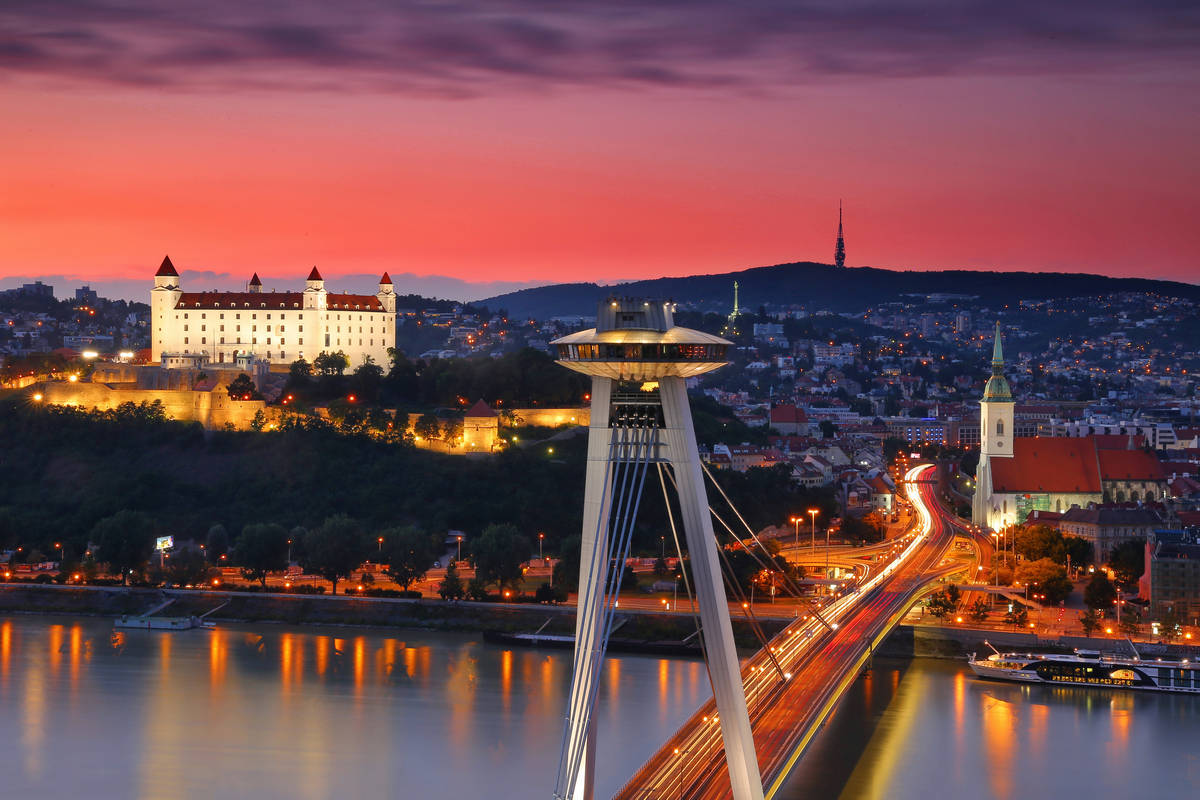
Great Food in Ufo – 85 Meters Above The Ground
You do not have to admire famous Bratislava’s SNP Bridge from the outside. Take a lift to the top of the building at an altitude of 85 meters above the Danube. Here, the UFO restaurant specializes in Mediterranean and Asian cuisine. Sitting at the table, you can enjoy the city from the bird’s perspective. The historic buildings on the banks of the Danube and modern high-rise buildings will surely charm you away, especially in the evening.
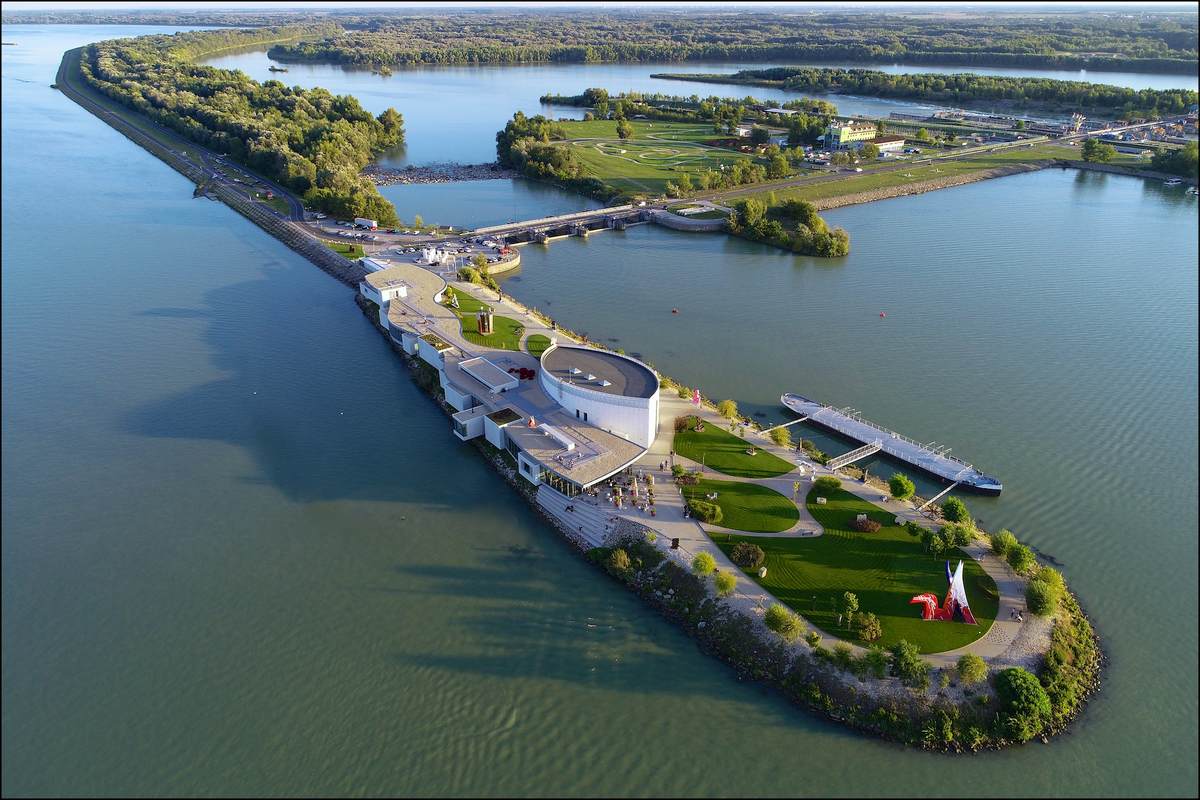
World Art in the Embrace of Nature
The great location of the Danubiana Gallery as well as its attractive exhibitions are the two main reasons why Danubiana is being recommended by the world’s most prestigious tourist magazines and tourist portals. World-class artists such as Joan Miró, Sam Francis and Lucebert have exhibited their works here. The museum’s rooftop walk is also something that you should not miss. View of Bratislava, the Little Carpathians and the majestic Danube River at sunset is an unforgettable experience.

Europe’s Second Greenest Metropolis
Greenery has always been a priority for Bratislava. One of the oldest public parks in Central Europe is Janko Kráľ Park on the Petržalka’s side of the Danube. You can wander among its trees, admire the massive two hundred years old sycamores or find a statue of your zodiac sign. Other parks in the city center with a long tradition include the Medic Garden, the Forest City Park or the Presidential Garden.
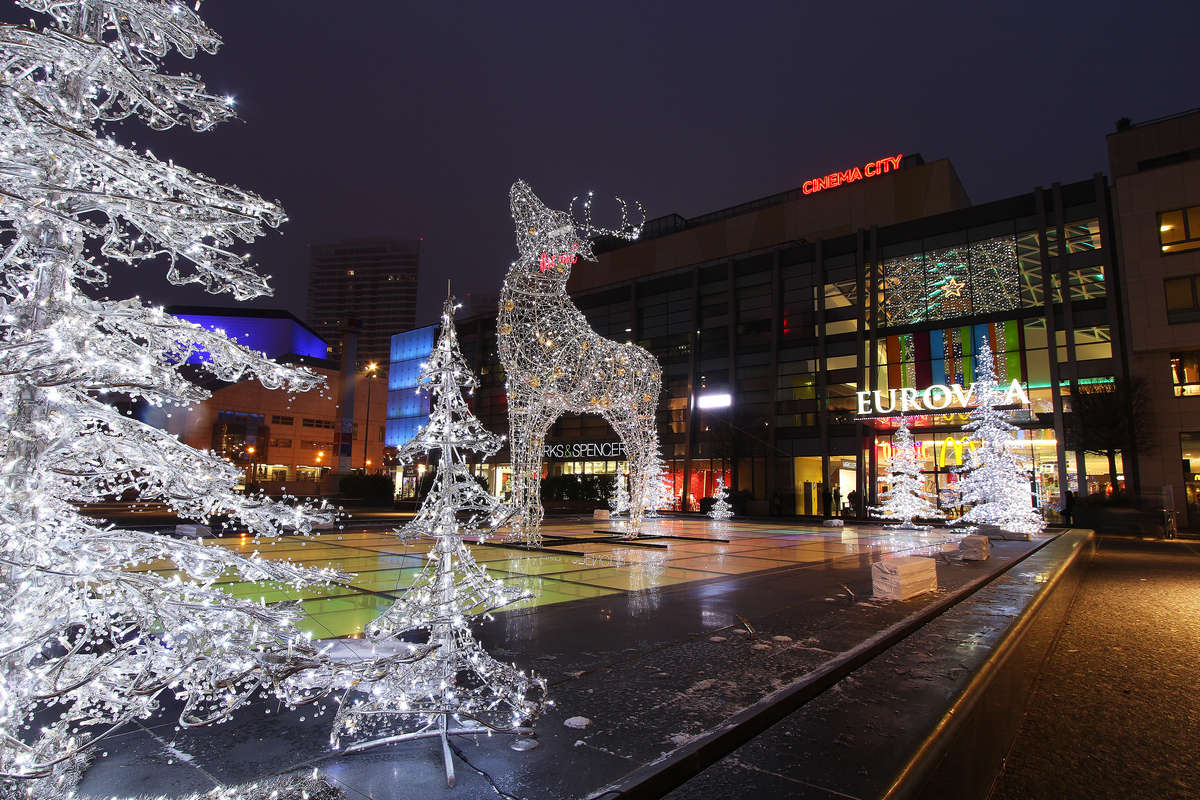
Traditional Art in a Modern Quarter
The combination of the promenade, the shopping center, the waterfront and the theater square is an exceptional urban element. The neighbourhood, which has grown into a modern center of Bratislava, also features the new building of the Slovak National Theater, cladded with white travertine, and the Eurovea shopping center. Here you will find not only fashionable brands but also cafes or restaurants on the pleasant promenade on the Danube riverbank overlooking Bratislava Castle.

Hungary
In cooperation with:
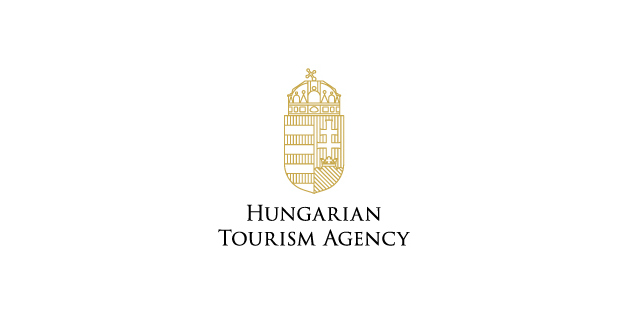

The country, which produces Tokaji Aszú, the finest sweet wine on earth. A land, located in the middle of Europe that has more thermal water springs than any other country on the continent. A country that’s landlocked, yet still deserves the nickname „Land of waters” and possesses the largest biologically active thermal lake in the world. A country where tradition, history and a modern, glamorous lifestyle walk hand in hand. This country is Hungary.
Even though we cannot welcome you to our beautiful country right now, Hungary can travel to you…your kitchen to be more precise! Traditions are very important to Hungarian people, and holiday traditions include family-favorite dishes we celebrate Christmas with. The below meals are things you can find at a typical family feast on Christmas Eve. We hope you will like the taste and you can visit to try more of the Hungarian cuisine soon!
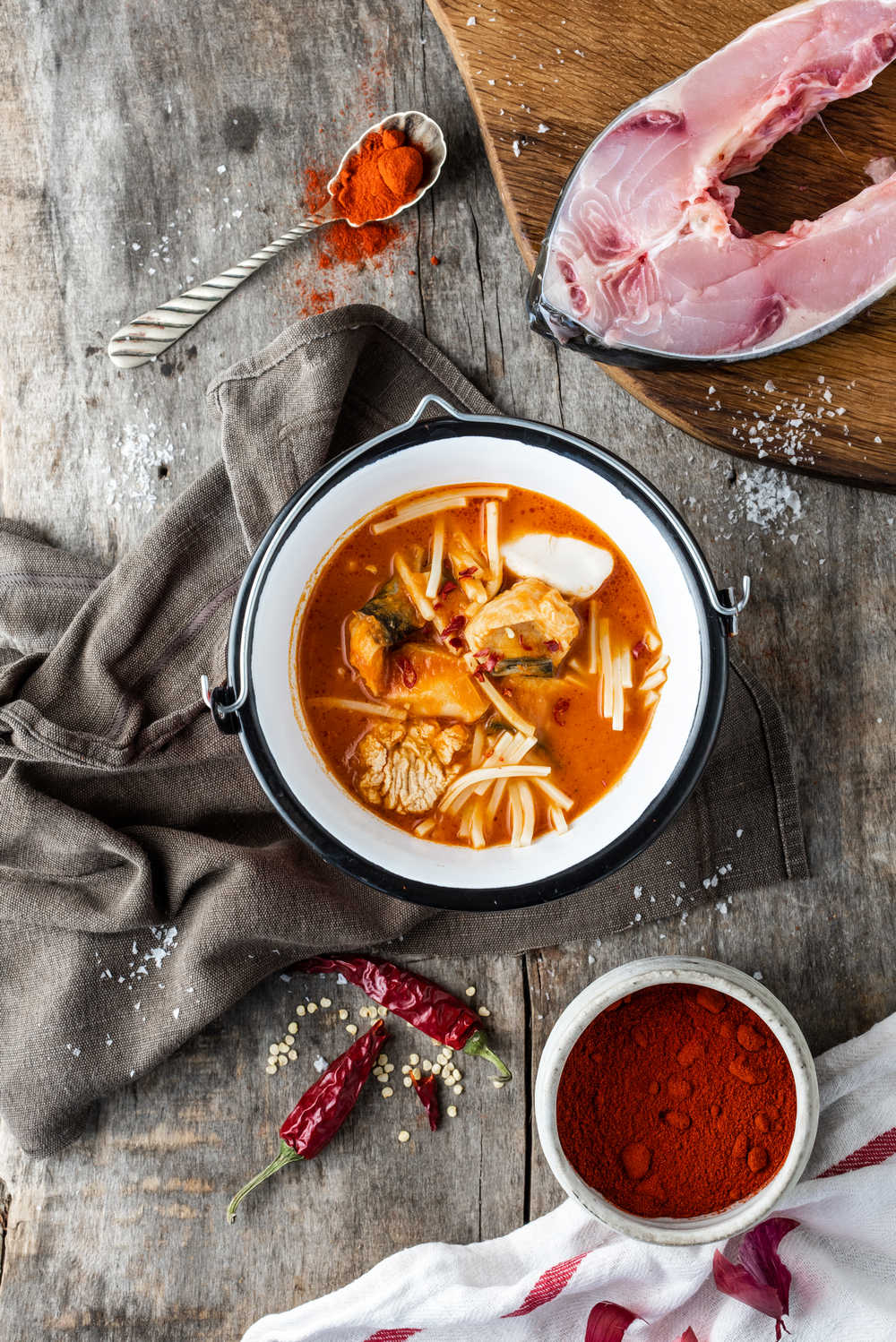
Fisherman’s soup
Ingredients:
2 kg deboned carp, 200 gr onion, 100 gr green pepper, 100 gr tomato, 30 gr ground paprika, 50 gr sweet red pepper purée, salt, hot red paprika
Directions:
Fresh, non-refrigerated fish is key to a successful fisherman’s soup. First, clean and gut the fish. Using a sharp knife, fillet it. (If you don’t know how to do, find tutorial videos and other visual description online.) Once you are done, place the deboned fish meat skinside down on the chopping board, and cut thin vertical slits carefully to the skin. After that, cut it in 2 inch slices and season with salt.
Pour water into a larger pot, add the bones, the head of the fish, the fins, the onion rings, sliced tomato and pepper. Bring it to a boil, then add salt, sweet red pepper purée, and ground paprika. After cooking it for about an hour, sieve it into another pot using a large hole colander. Place the fish pieces, the spawn, and milt into it, and simmer until ready. In the meantime, season it with salt and hot red paprika. During the cooking process, don’t stir but shake the soup. Remove from the heat and serve the soup while hot.
Source: Rosenstein restaurant
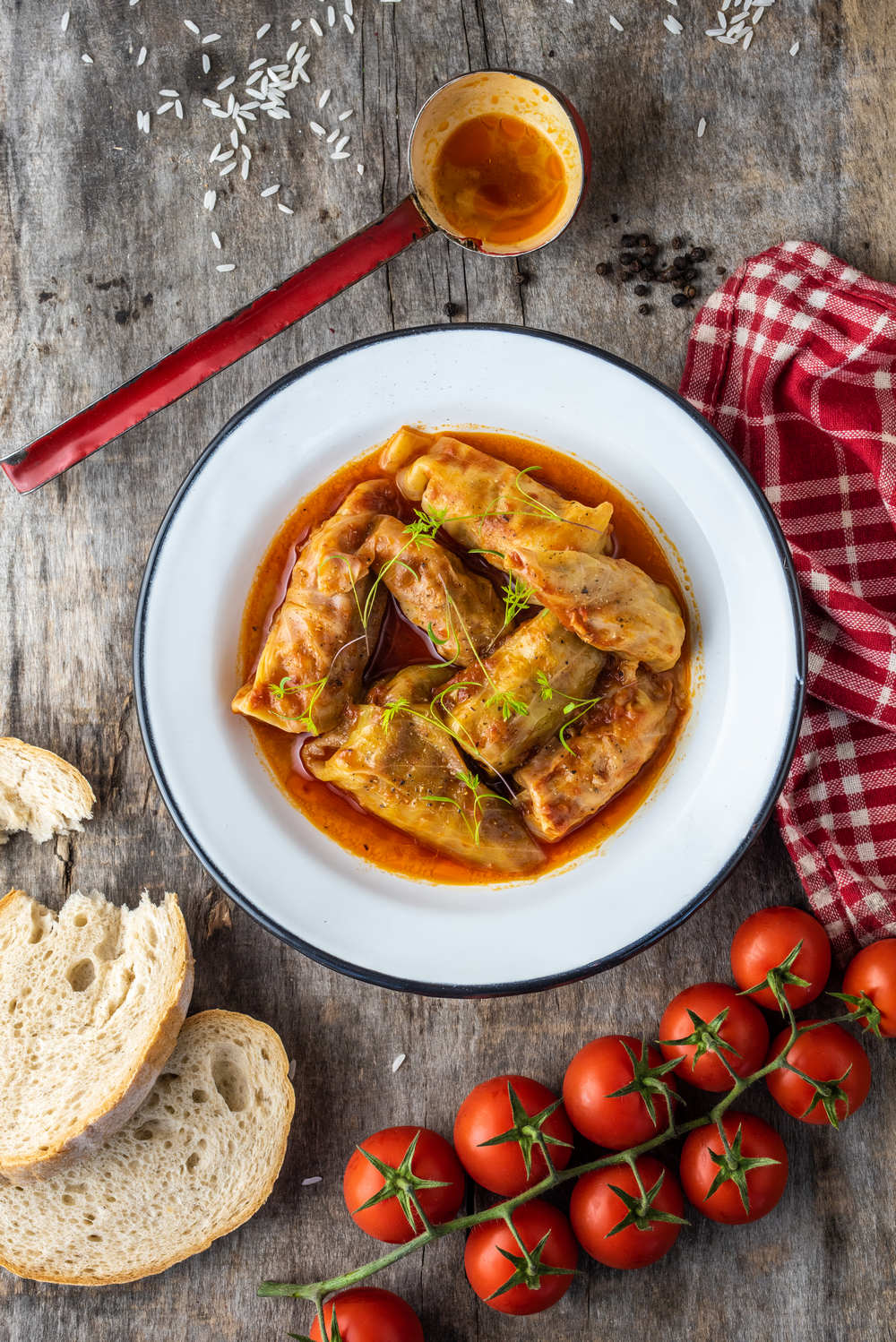
Stuffed cabbage (Töltött káposzta)
Ingredients:
100 g white rice, 1 kg ground pork, 1 onion (chopped), 3-4 garlic cloves, sweet paprika powder, 1 pack of sour cabbage, 8-10 cabbage leaves, sunflower oil, 2-3 tbsp flour, 1 tsp salt, ground pepper to taste, water, sour cream (garnish)
Directions:
In a medium bowl, mix uncooked rice, ground pork, chopped onion, broken garlic cloves, salt, ground pepper and sweet (édes) paprika powder thoroughly. Wash the cabbage leaves, bring a wide saucepan of lightly salted water to a boil, and cook the leaves for a few minutes until they are tender and soft. After draining, carefully roll the evenly divided mixture into the leaves. If needed, secure them with toothpicks.
Layer the finely cut sour cabbage (also known as “Sauerkraut”) into a bigger bowl, add the rolls, and cover them with enough water. Cook the rolls (at reduced heat) in a covered pot for about 30-40 minutes depending on their size. Once the meal is cooked, heat a small amount of oil in a pan and fry the flour. Take the pan off the stove, add paprika powder (it is a great seasoning that adds both colour and flavour to the dish) and mix it with two tablespoon of sour cream. Add a spoonful of the cooking water too, mix until smooth. Use a strainer when pouring the mixture on the cabbage rolls, and bring the meal to a boil. Voila, your meal is fully prepared!
Serve the cabbage rolls with sour cream and sliced fresh bread.
Source: www.funzine.hu
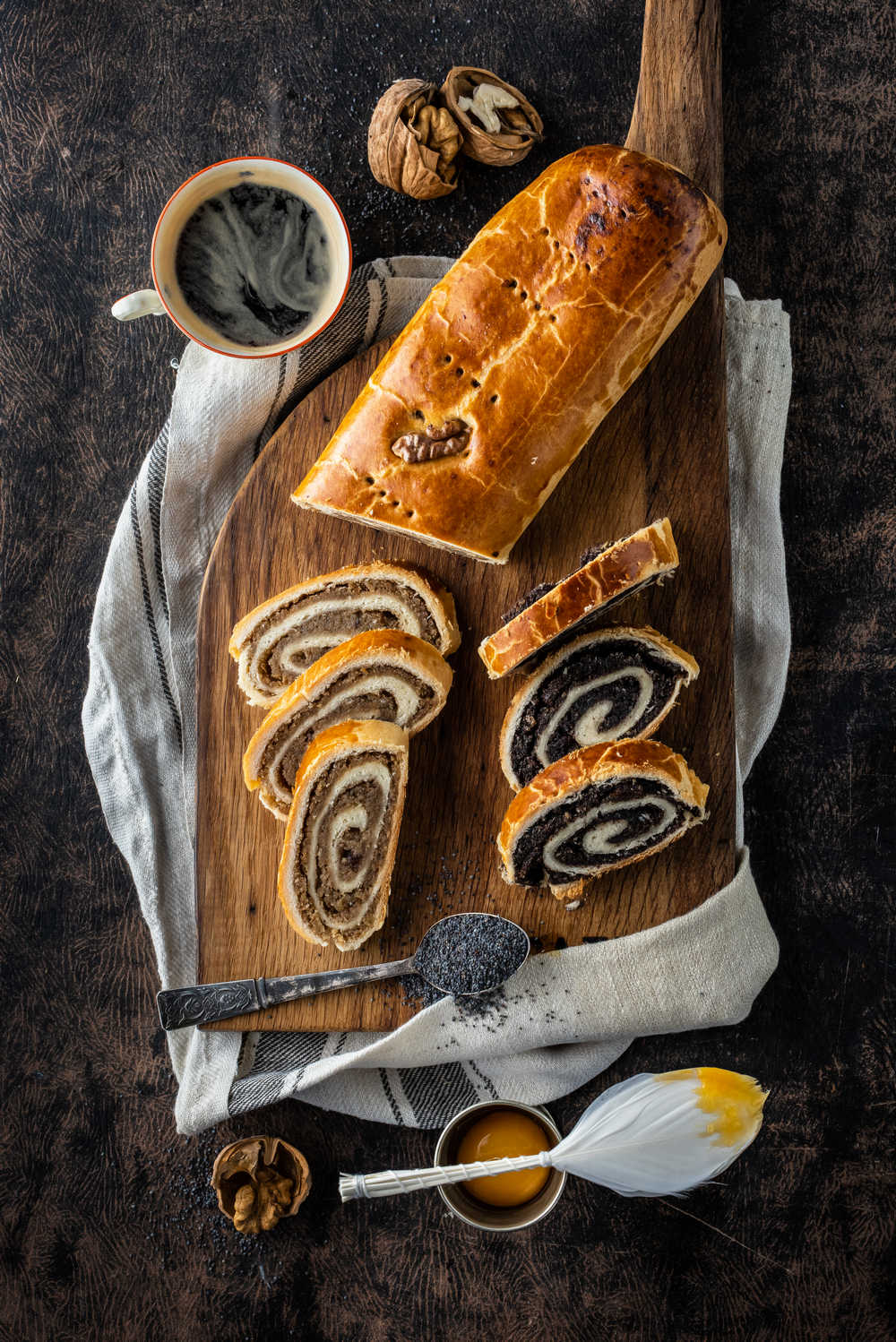
Chestnut–Dried Fruit Bejgli
Ingredients:
Pastry: (2 logs)
- 300 g flour
- 3 g salt
- 30 g powdered sugar
- 120 g butter
- 90 g milk
- 6 g yeast
- 1 egg yolk
Filling:
- 400 g chestnut paste (flavoured with rum and powdered sugar to taste)
- 160 g finely chopped dried fruit
Directions:
Combine the ingredients for the pastry thoroughly, then place the dough on a board in two identical mounds. Wrap in plastic foil and allow to rest in the refrigerator for a couple of hours. In the meantime, prepare the filling, removing the pastry dough from the refrigerator one half hour before use. Combine the chestnut paste with a small quantity of rum and powdered sugar, as desired. Finely chop the dried fruit.
Roll out the pastry dough into two rectangles. Spread the chestnut filling over the dough and sprinkle with the dried fruit pieces. Folding the edges of the dough up carefully, roll the bejgli into two logs. Brush with egg yolk and allow to rest, then brush with egg white. Once the egg is dry, bake for 35 minutes at 180 degrees.
Tip:
Bejgli should always be made with clean hands and the resting time for the dough copiously respected! To give the surface that shiny, marbled look, brush first with egg yolk, allow to dry, then brush with egg white, placing the pastry in the oven only when the glaze has dried completely.

Along your way on EuroVelo 6 between Hungary and Serbia
4th Century Early Christian Burial Sites – Part of the UNESCO World Heritage
Sopianae, predecessor of Pécs in the Roman times had its late Roman Paleochristian cemetery included in the UNESCO World Heritage list in the year 2000. In their architecture and wall-paintings the excavated finds present the Early Christian burial architecture and art of the Northern and Western provinces of the Roman Empire. From among the Hungarian world heritage sites the Early Christian cemetery is the only one that has won itself a place on the UNESCO world heritage list in the category of culture-historical architecture.
In the late Roman cemeteries of the Northern and Western Roman provinces there rarely used to be greater burial sites built of stone. The uniqueness of the Early Christian cemetery of Sopianae is that here a high number of buildings were concentrated. These are smaller family burial chambers and larger community sepulchral vaults, cemetery buildings. A part of these are decorated; inside they have pictures of biblical scenes and Early Christian symbols that further raise the uniqueness and the universal cultural values of these monuments.
The sepulchral chamber served with burial sites mainly for richer families. The building has two parts: under the ground is the crypt; the burial chamber itself where the deceased were placed in brick tombs or seldom in sarcophaguses. Above this was the ’memoria’ or in other words the mausoleum built. These two-part buildings had dual tasks: they served as building sites and as venues for ceremonials.
Serbia
Situated where vast plains meet forest-covered mountains, Serbia beckons you to discover it: from the wild wetland forests along the Danube to the mild plains as wide as the sea, from the breath-taking canyons to the mineral spas and springs, from gentle hills to wind-beaten peaks, from hectic urban centres to the tranquility of remote mountain villages.
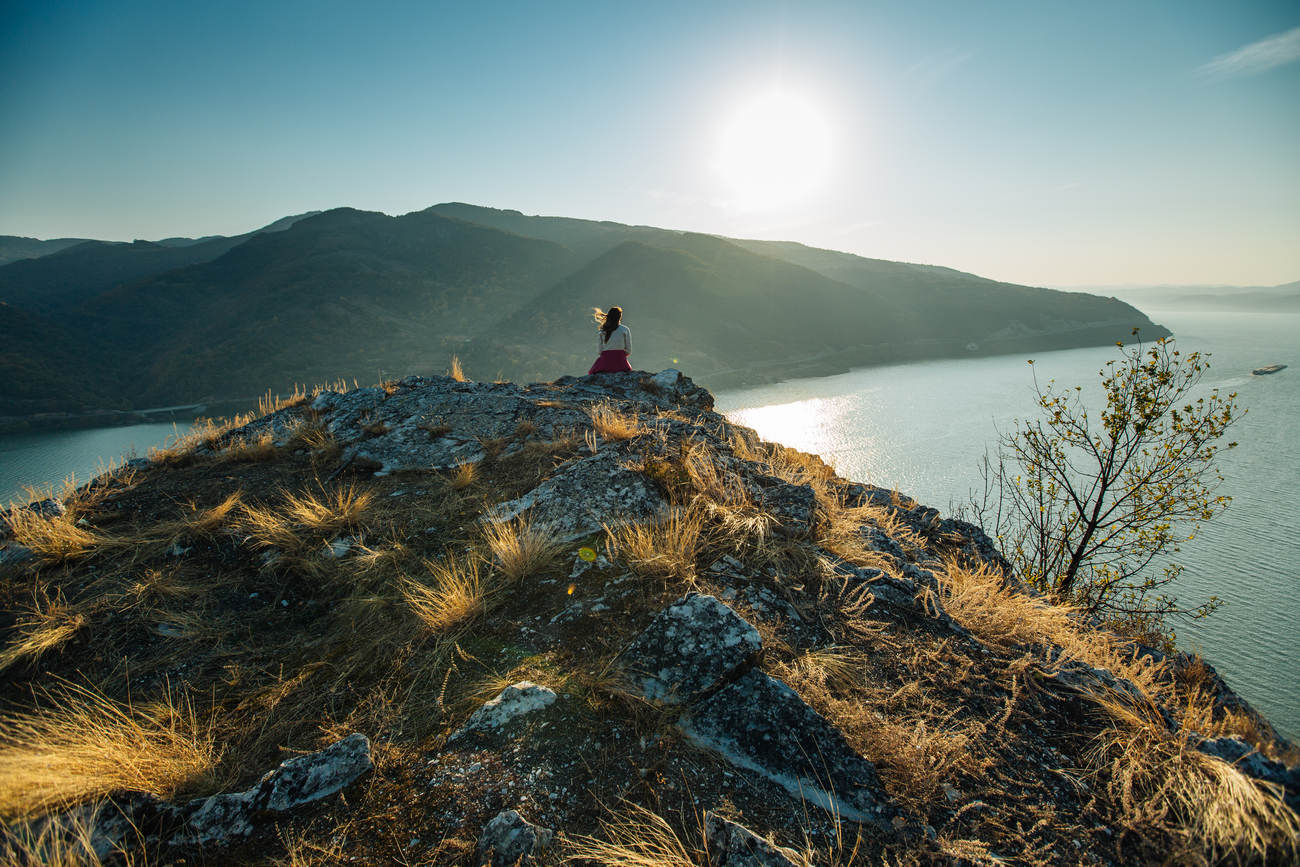
Danube in Serbia
From spacious Bačka plains to the stunning Đerdap gorge (Iron Gate), the Danube in Serbia flows through extremely diverse landscapes. The water route 588 kilometres long has the scenes constantly alternating, from sandy beaches and lush plains to the rocky steep walls of Djerdap Gorge. The cultural heritage on the banks of the Danube is equally varied and even more exciting: pre historical sites, mighty fortresses and modern cities.
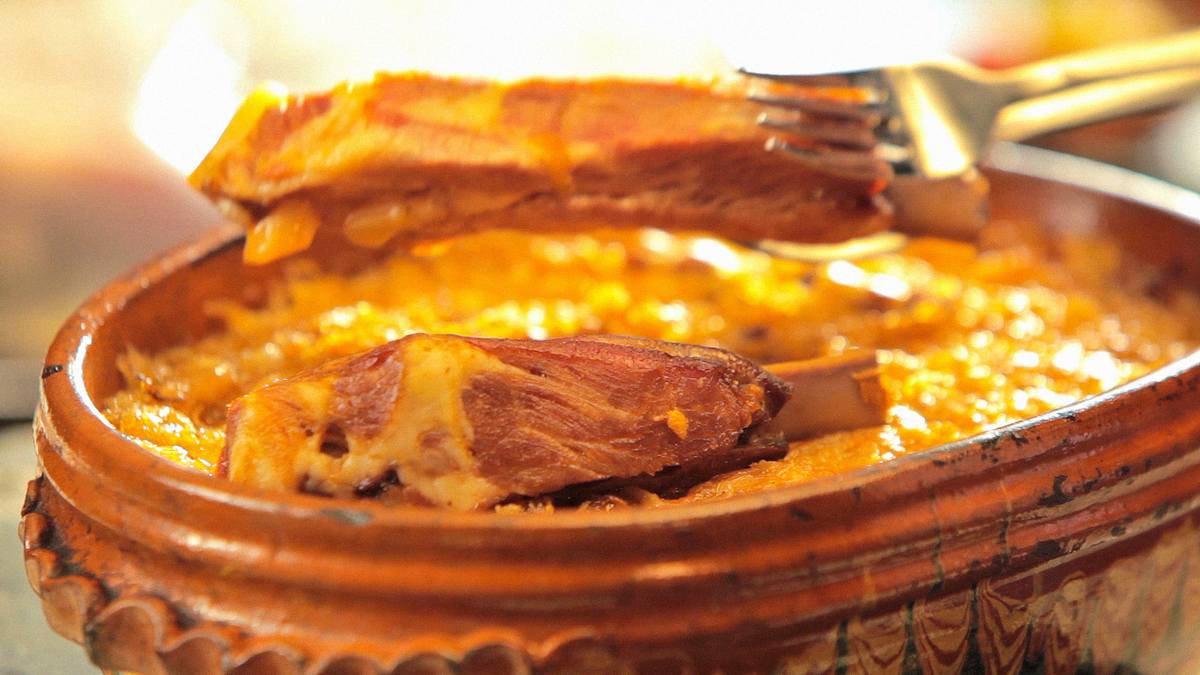
Holiday Tastes of Serbia
The irresistibly delicious and very spicy Serbian dishes are a feast for all senses. The people of Serbia enjoy cooking and eating, often traditional dishes made according to old family recipes which are passed on from one generation to the next. Sarma, a traditional Serbian dish is made of meat, rice and sauerkraut leaves. Podvarak, another excellent combination of meat and vegetables, is made from thin strips of sauerkraut stir-fried with onions. And Rakija, the sharp-flavoured drink is indispensable on almost every dining table in the country as it goes perfectly with both traditional and modern dishes. So, “Živeli!”.
Vojvodina
Tourists and Vojvodina aficionados mostly perceive this Province as a quiet, easy-going and peaceful plain on the north of Serbia. This is partly true. However, Vojvodina has also got its flip side; the one in motion, dynamic and abundant in challenges. This is the side of Vojvodina that offers more to its visitors. Located on the south of Pannonia Plain and north of Serbia, Vojvodina shelters over 20 protected nature reserves, among which happens to be the first proclaimed national park in the entire country. Eight out of ten recognised Ramsarian areas in Serbia are located in the Province. Three large European rivers meet in Vojvodina – The Danube, Tisa and Sava. Vast flatland space between the rivers offers options for cycling, sports activities, equestrian sports and bird-watching.
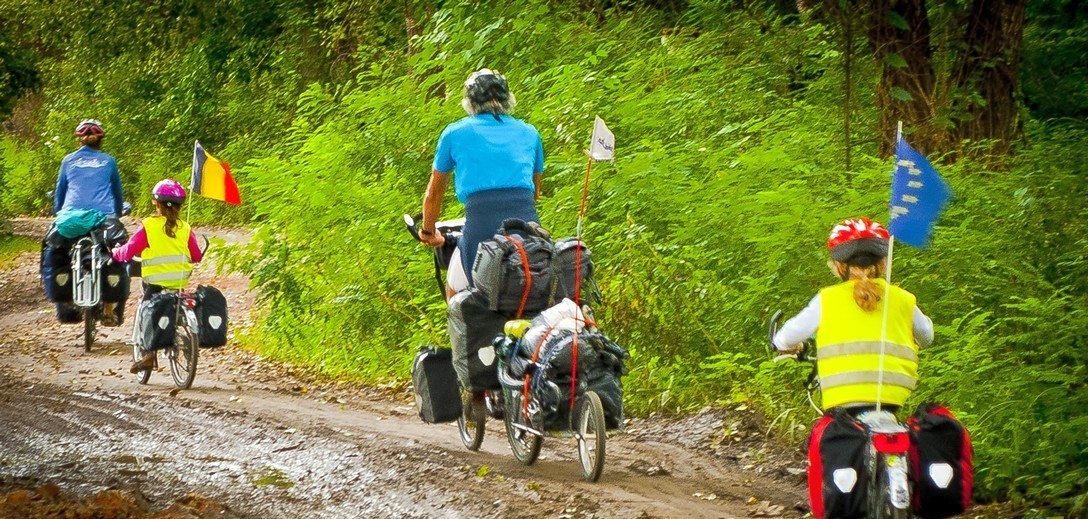
Discover Vojvodina by Bike
We present to you the cycling in Vojvodina, our unique tourist potential. This short guide through EuroVelo routes will help you organize an unforgettable weekend north of Belgrade, get inspiration for creating new and attractive tourist packages, but also find out what other services you could introduce in your apartments, restaurants, hostels, info-centers or any other service activity, so that your business is fully adapted to cyclists.
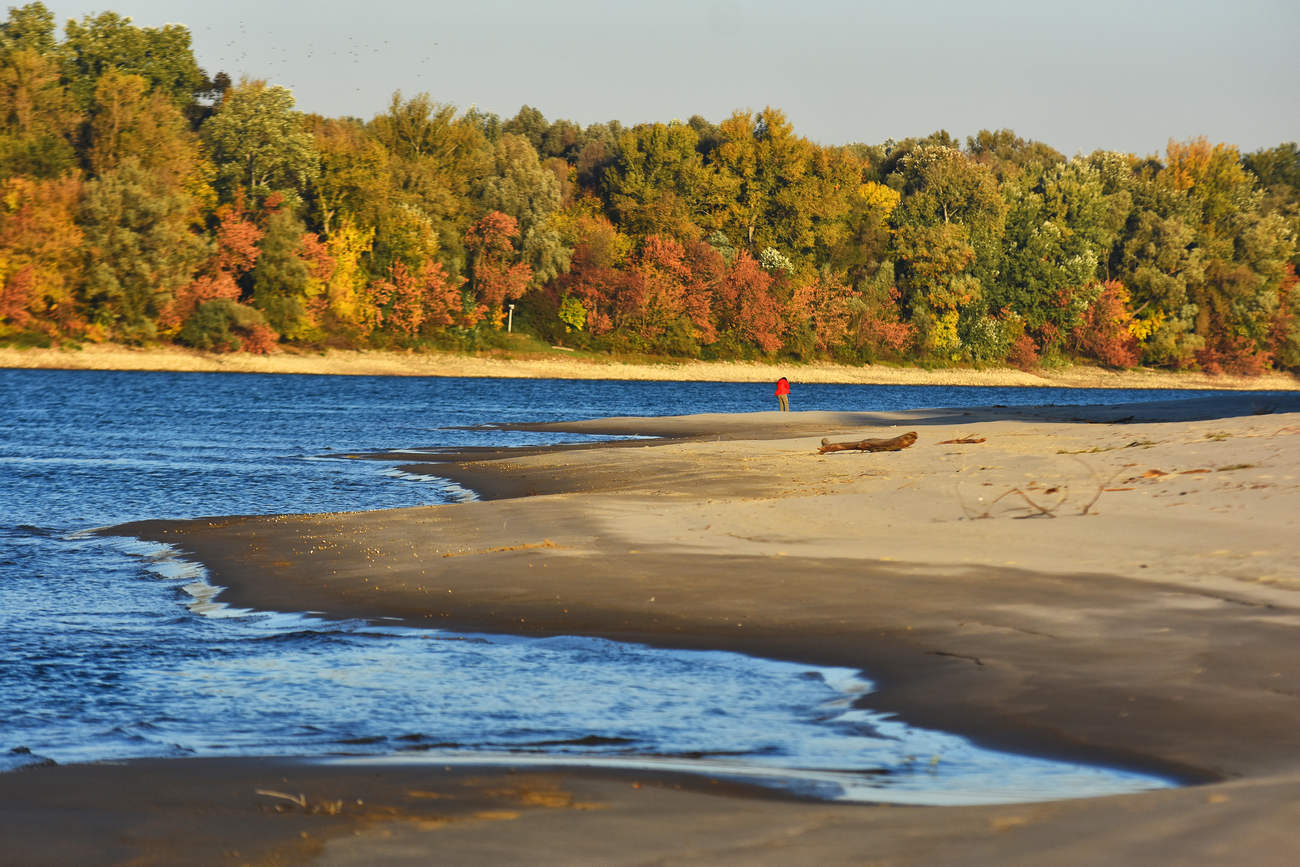
Danube in Vojvodina
As one of the most important European river, the Danube has proven as ideal for sailing and water sports. The Danube, with its tributaries, creates a unique natural ambience, with the outskirts abundant in cultural points of interest, easily accessible from recently completed marina in Apatin. Navigation by the river will be more exciting if you decide to visit the preserves and nature parks situated on its banks, lined from Apatin to municipality Bela Crkva. The Danube beaches in Apatin, Bačka Palanka and Novi Sad are very popular among the respective local communities. When seeking relaxation, make sure that you visit one of the traditionally renowned “Csardas” (riverside restaurants) along the banks of this river. Cities and municipalities which you can not miss on the Danube in Vojvodina: Sombor, Apatin, Bačka Palanka, Novi Sad, Inđija, Stara Pazova, Kovin, Bela Crkva.
©Tourism Organization of Vojvodina
Sremski Karlovci – a historical city
Sremski Karlovci – a historical city, is located on the mild slopes of Fruska Gora, towards the Danube. Primarily due to the past events, but also to the architecture of the 18th and 19th centuries, the ambience framed at the city fundament fascinates the tourists. The old town centre is a cultural asset of exceptional importance for Serbia, as a spatial, cultural and historical unit.
Belgrade
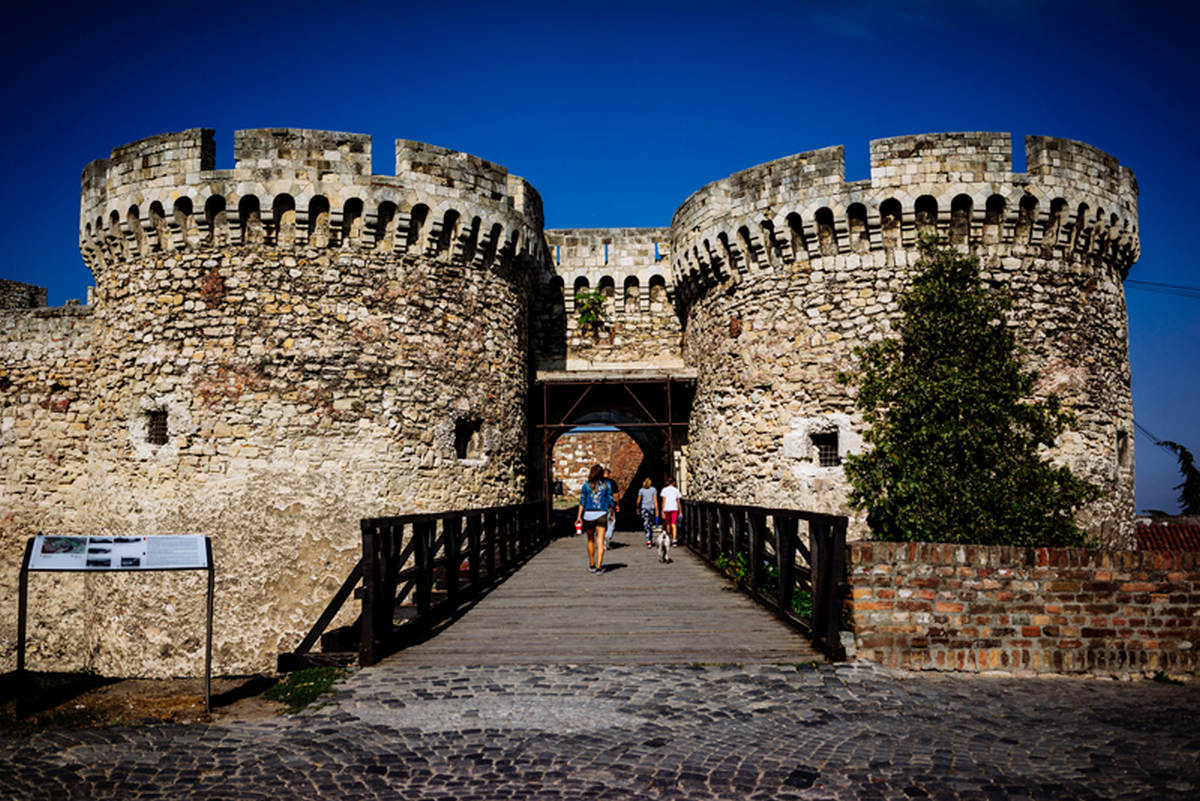
Belgrade Fortress
Belgrade Fortress is the oldest cultural and historical monument and the biggest open air museum of Belgrade history. Built around 3rd century, it overlooks the confluence of Sava and Danube rivers, and that very spot next to the famous Victor statue is the most beautiful lookout point in Belgrade.
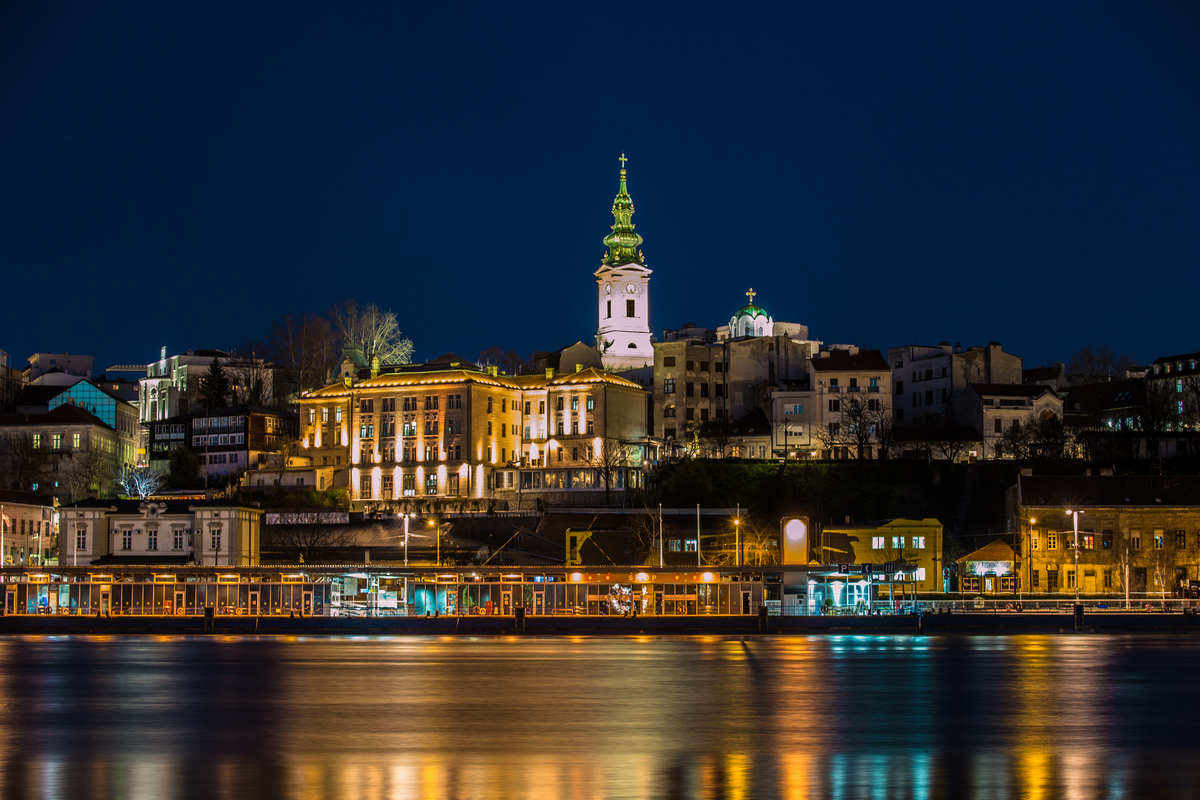
Belgrade on the river banks: Sava and Danube
The confluence represents the most attractive point under the Belgrade fortress, and along with the Big War Island is a real natural oasis in the heart of a modern city. One of the best ways to explore Belgrade is definitely by boat.
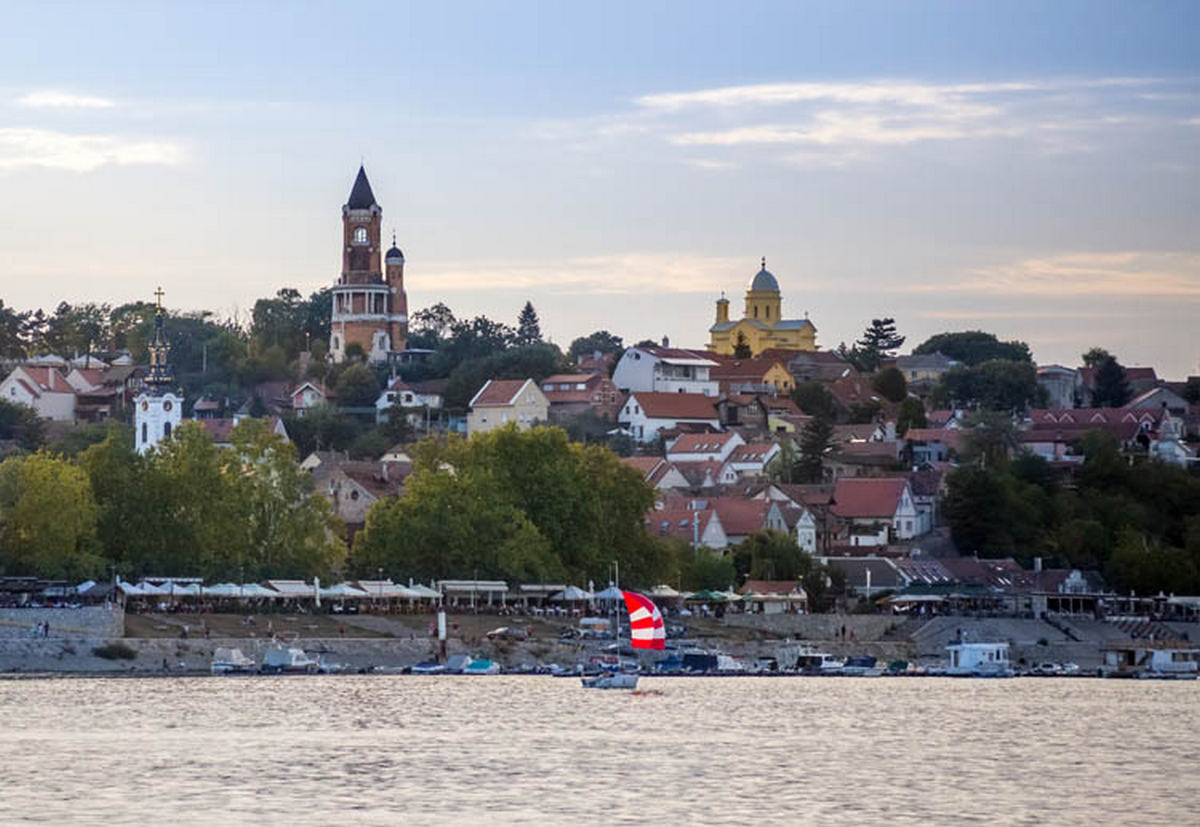
Zemun: Romantic city within a city
Once a separate city, Zemun is nowadays known as a romantic and poetic part of Belgrade which preserved its old looks with its narrow cobblestoned streets and residential houses, monumental Gardos Tower and the most beautiful promenade by the Danube.
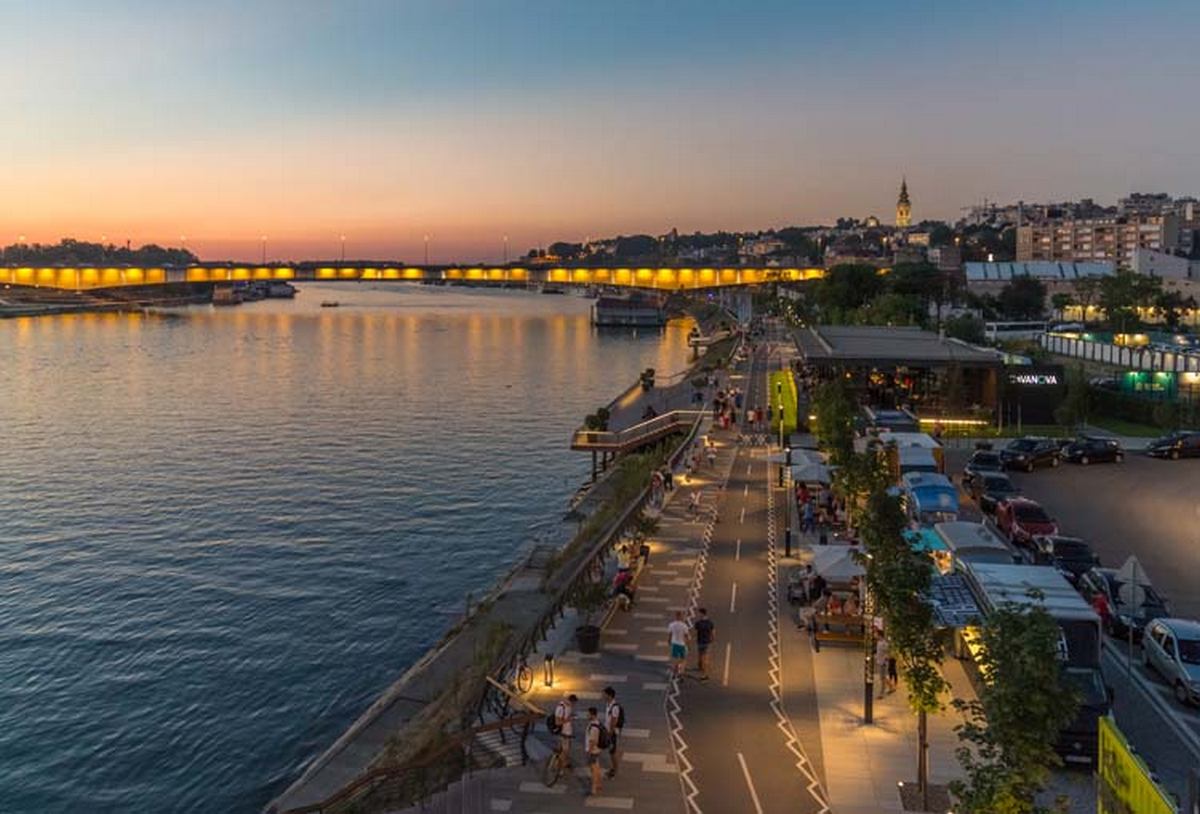
Savamala District
Savamala is one of the most popular parts of Belgrade, tucked between old baroque facades in the vicinity of the wide street that spreads down the coast of Sava river. This area is known for its urban culture and nightlife thanks to the Beton Hala, but also for recreation and events along the vast waterfront promenade.
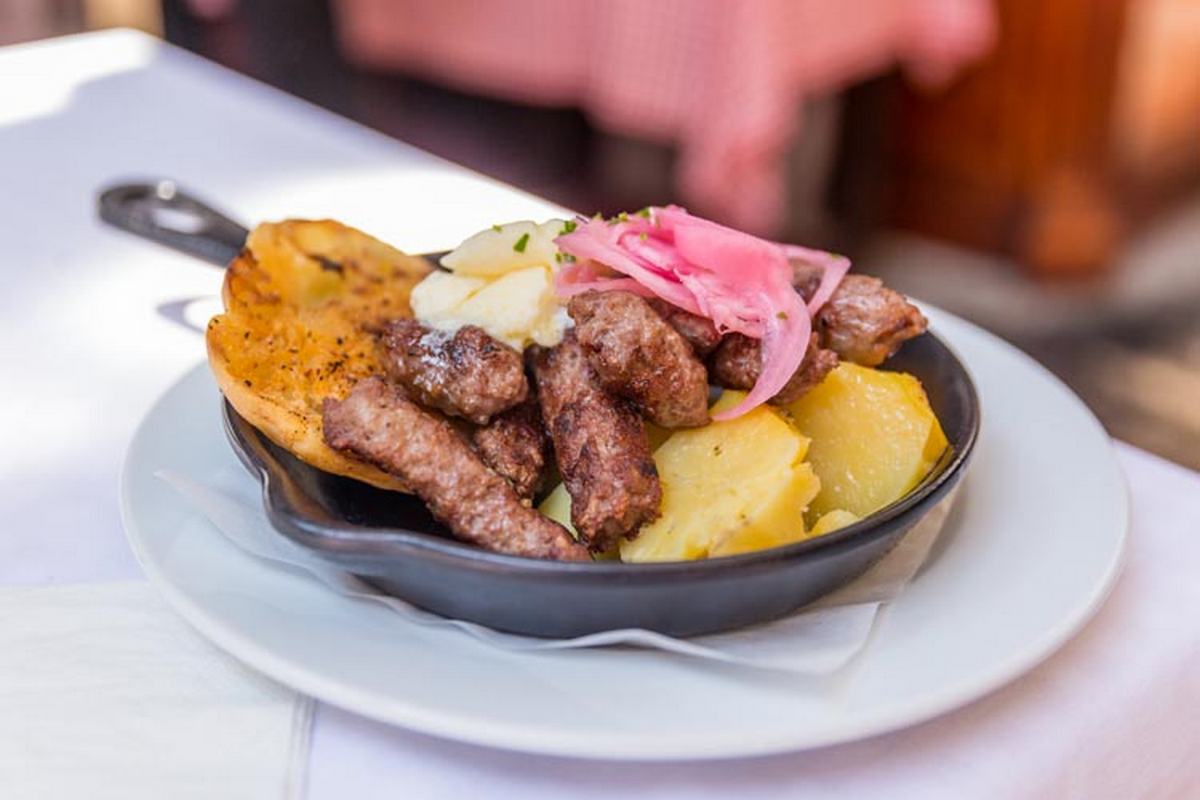
Tastes of Belgrade
Belgrade gastronomy is one of the TOP attractions that this city is famous for. Serbian cuisine represents cohesion of different cultures served on a plate and usually accompanied by the music “from table to table”.
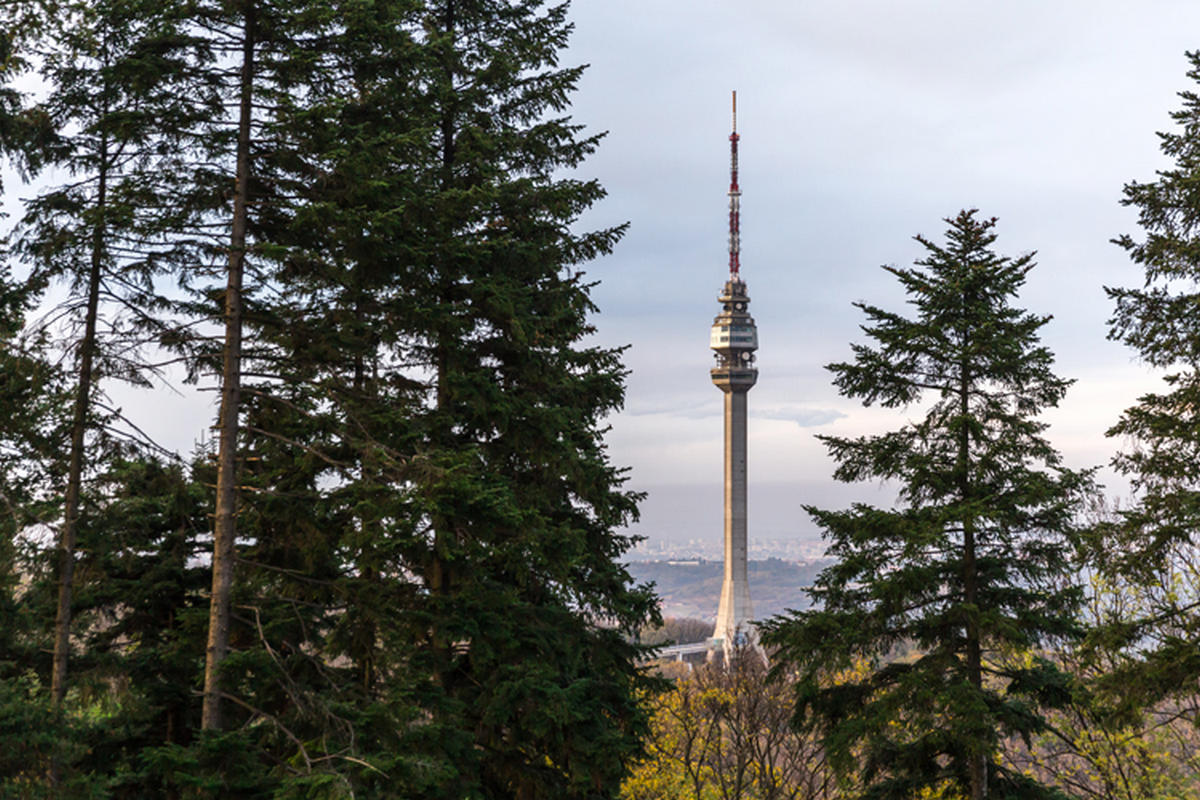
Mountain Avala
This favorite spot for an outdoor activities offers numerous opportunities for rest and recreation throughout the year, but also for enjoying the breathtaking view from the top of the magnificent Avala Tower, and the glorious Mestrovic’s Monument of the Unknown Hero.
Downstream of Belgrade

The Iron Gate Region (Djerdap)
Travelling down the Djerdap (Iron Gate) gorge is an unforgettable experience. High waters of the Danube pierce through the rocks and ridges of the Carpathians, creating scenes of unique beauty. What makes the meetings with these ends even more exciting is the fact that in these regions emerged the knowledge that the European civilisation is based upon.
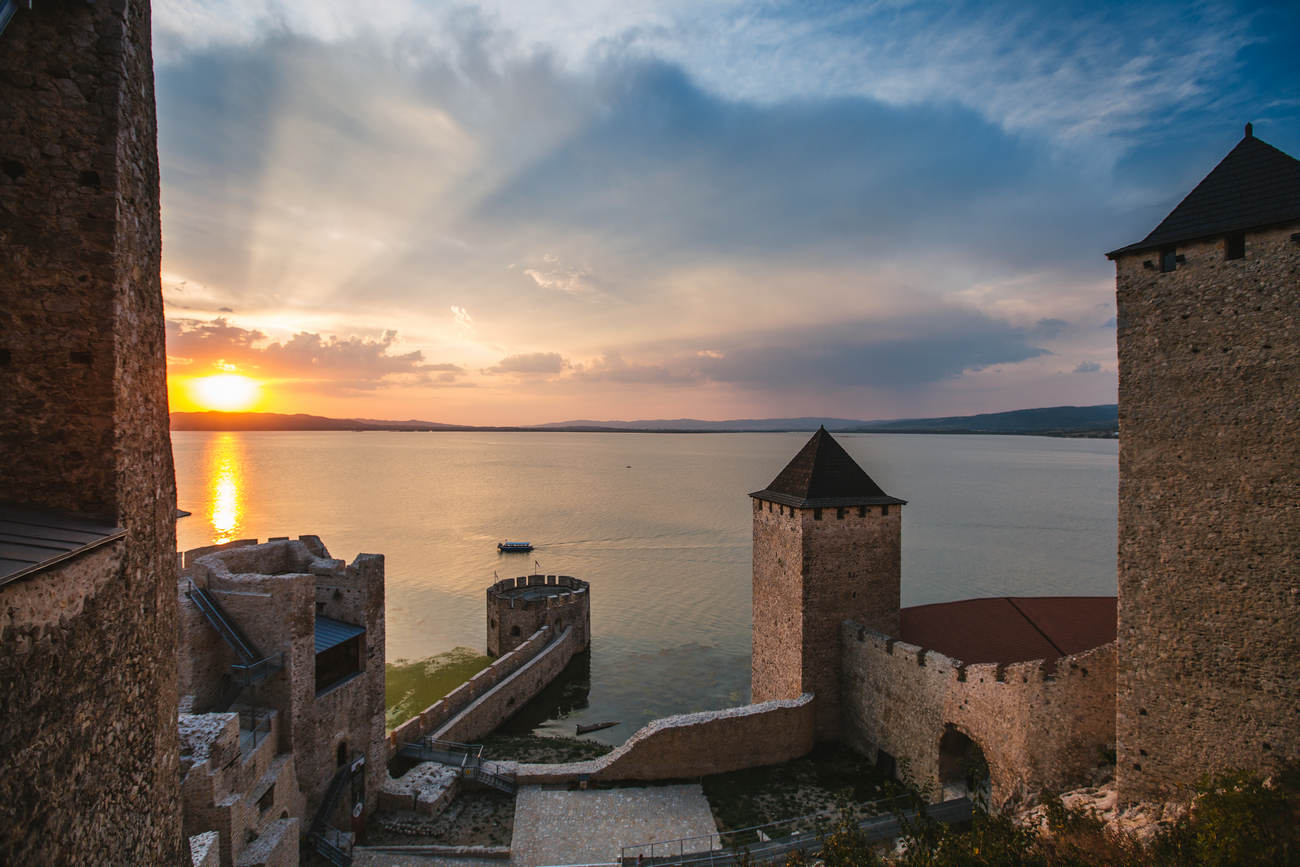
Fortresses on the Danube
As a boundary between northern and southern Europe, the Danube has often been a battleground where many nations fought for supremacy. To fortify their borders, numerous rulers chose to build forts on the banks of this river. Some of them still proudly stand as witness to the turbulent times, ready to reveal their secrets to visitors.
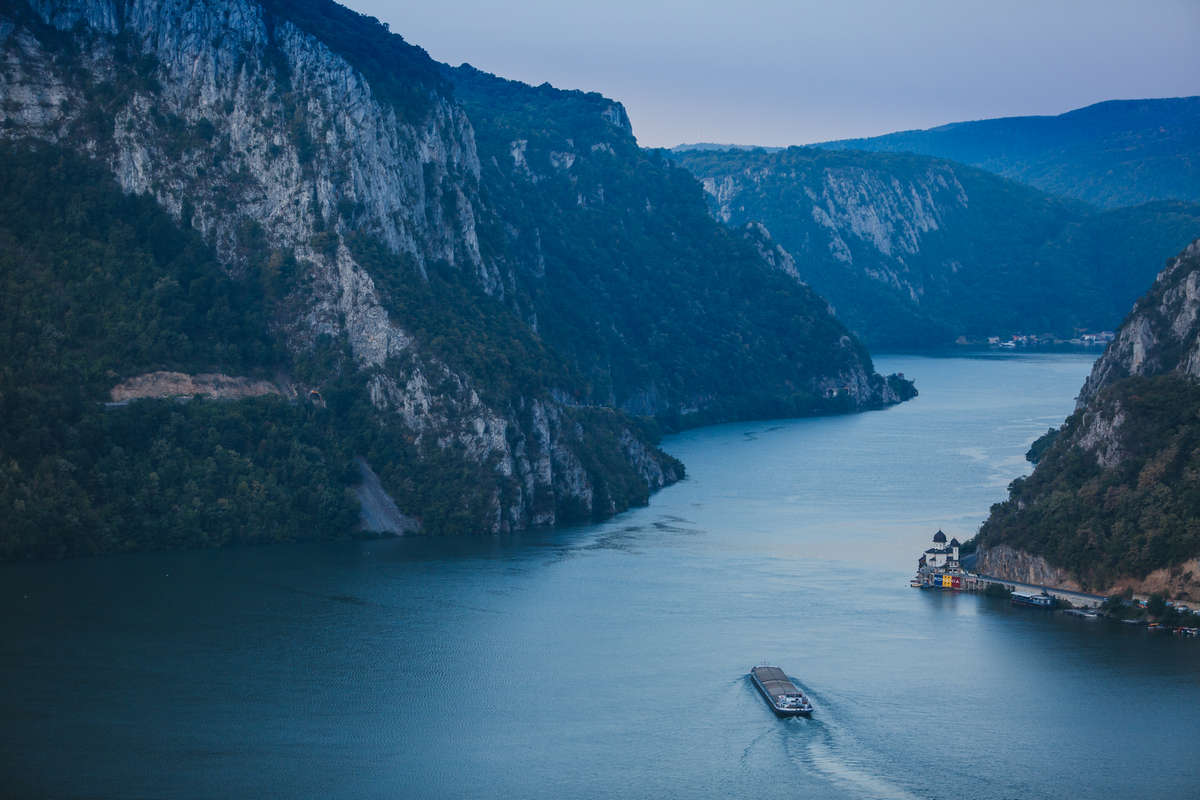
Romania
Romania is a land of natural beauty, where all types of landscapes are to be found, from mountains to hills, plateaus, plains, coastline and the Danube Delta. At the heart of the country lie the Carpathian Mountains (47% of the mountain chain is located in Romania) embracing the famous Transylvania and hiding places of true wilderness.
The Danube will take you along 1.075 km from Baziaș and then the Iron Gates, the most spectacular segment of the river, to the Danube Delta, UNESCO Biosphere Reservation, the third-richest biosphere reservation in the world in terms of biodiversity.
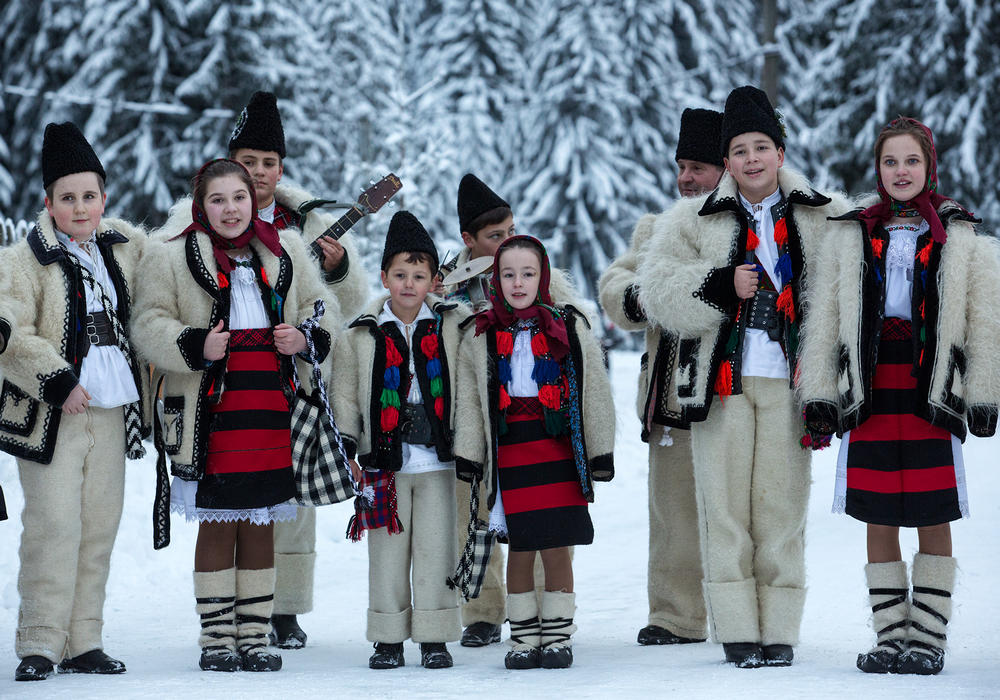
Christmas traditions
During December the Christmas spirit fills the air and modern practices blend with ancient traditions to celebrate this special time of the year. The countryside is the place where the winter holidays traditions have been kept carefully throughout the time. Although some customs may differ throughout the country, Christmas is celebrated in the same manner. Probably the best part of a Romanian Christmas is the laborious, magical suite of carols which are sung during the Advent and especially on Christmas Eve, when groups of carol singers go from house to house, creating a special communion. The men groups of carol singers are recognised as UNESCO intangible heritage. Famous carols: O ce veste minunată, Aseară pe-nserate, Linu-i lin, Trei păstori, Trei crai de la răsărit, Steaua.

Goodies for Christmas
Christmas time is celebrated with Romanian specialties. For the first course hot ciorba (a slightly sour vegetable soup with meat) or chicken soup will warm up the spirits, followed by the famous “sarmale” (pickled cabbage leaves stuffed with a mix of minced meats, rice and spices) or fried pork sausages with potatoes and pickles. For dessert the traditional cake is cozonac (sweet bread filled with walnuts, poppy seeds and cocoa).
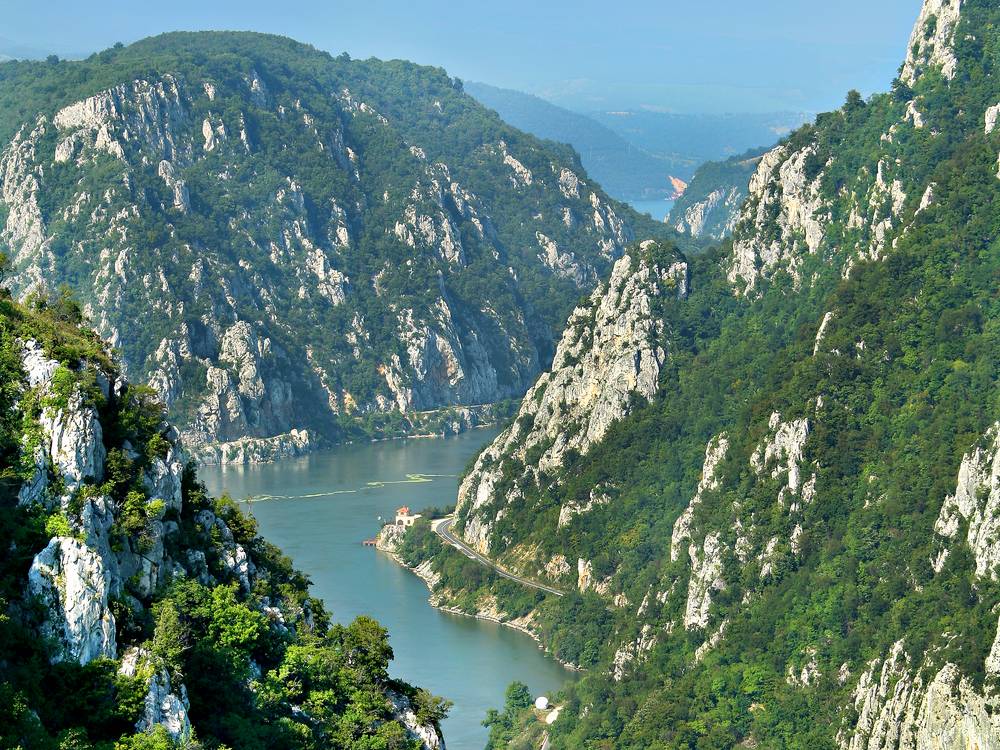
Hiking in the Iron Gates
The Iron Gates or the Danube Gorges, the most spectacular segment of the Danube, will surely enchant you with its spectacular landscape, history and multicultural traditions. The attractions of the area include Decebal’s Head (the last king of ancient Dacia) said to be the highest stone sculpture in Europe with its height of 40,5 m, Veterani Cave, Ponicova Cave, Mraconia Monastery, Tabula Traiana, the cities of Drobeta Turnu Severin and Orșova. Following the hiking trails above the gorges, offers amazing views.
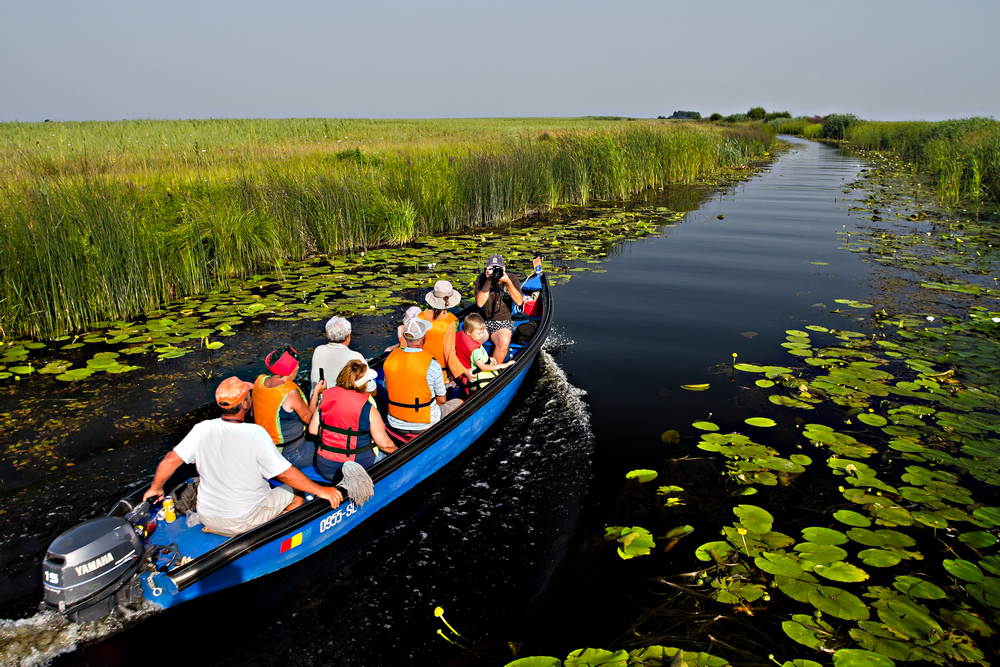
Danube Delta
The Danube Delta, a nature’s paradise is the third-richest biosphere reservation in the world in terms of biodiversity, the only delta in the world entirely declared a biosphere reserve and the third largest delta in Europe, after those of the Volga and the Kuban. It is home to more than 9,500 species of flora and fauna and, scientists believe, still more species are yet unknown. It shelters the largest compact area of reed beds on the planet and supports 30 types of ecosystems, of which 23 natural and 7 anthropic. Fine white beaches, boat trips, traditions, gastronomy, will make you return again and again to the youngest land of Europe.
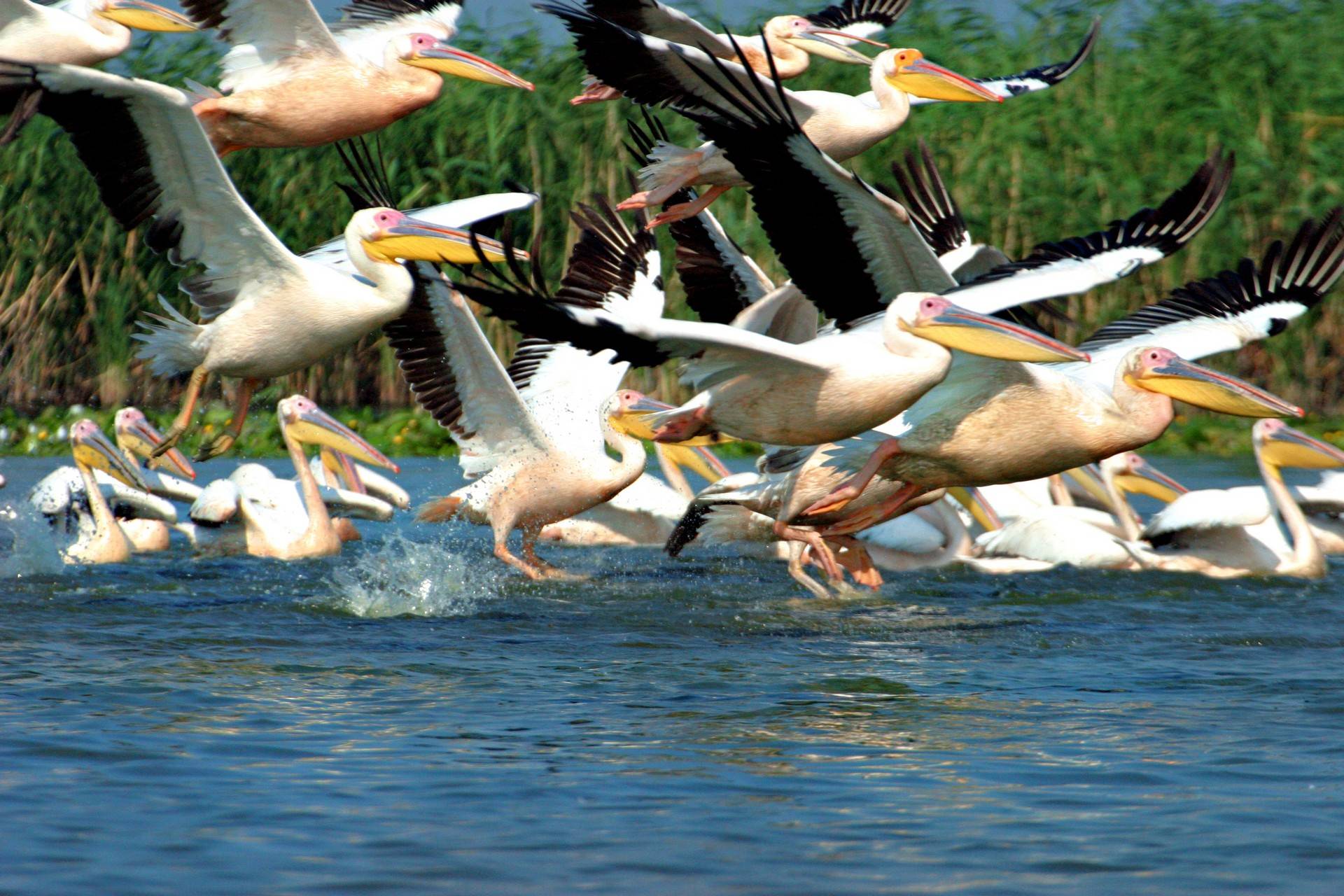
Tours recommended by our partners
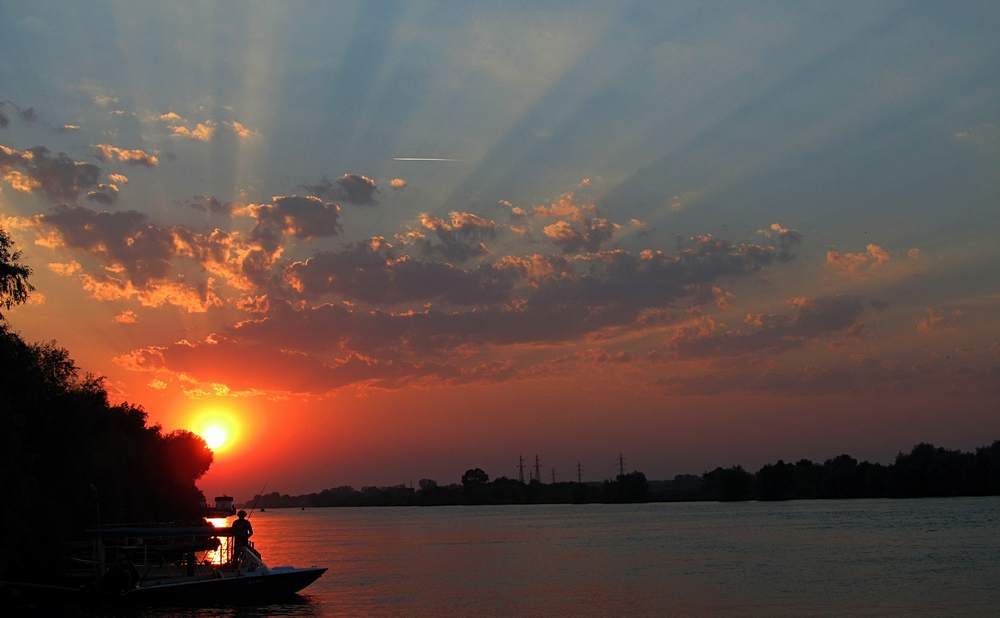
A Cultural Journey by Bike and Boat in the Danube Delta
Our journey is a tribute dedicated to the cultural and natural richness of the Danube Delta region. The ending section of the Danube is also a place where more than ten minority and locals are peacefully living and keeping the ancestral traditions alive. As part of Eurovelo 6, our cycling route is also crossing the rolling hills of Dobrogea – a winery route ending in the Danube Delta. The boat experience along the canals is a must for any traveler looking for spotting the wildlife, while the ending point of the Danube into the Black Sea is a revealing view. UNESCO sites, culinary experiences, wildlife spotting, historical spots, and rolling hills for cycling – this is what you should expect in this journey.

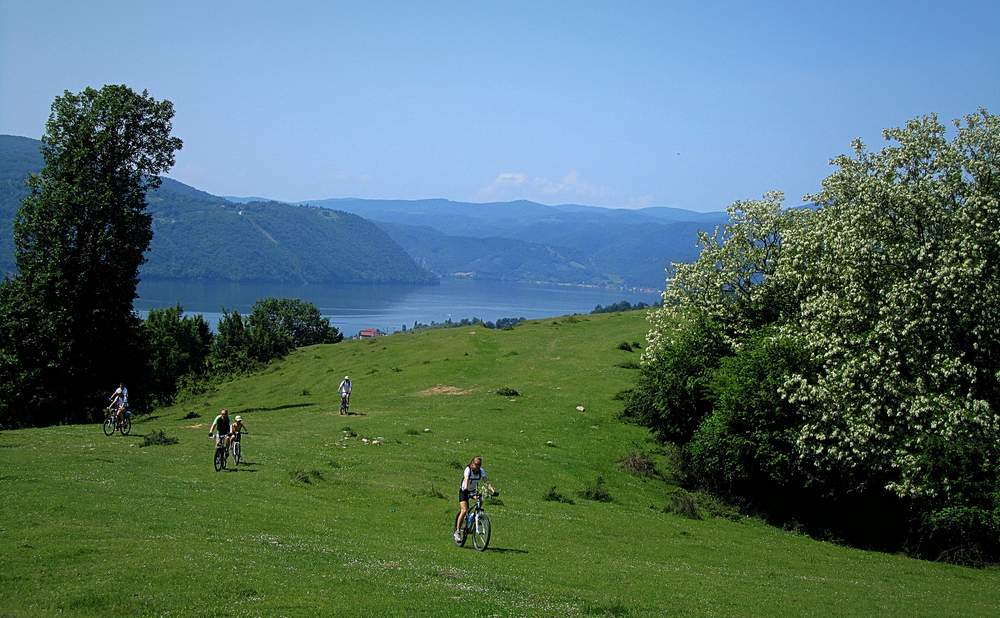
Danube Gorges by bike and boat
Our trip is organized along Eurovelo 6 route, in (probably) the most beautiful area of the Danube along Romanian/Serbian border. Along the 6 days journey you will discover secret villages where local minorities peacefully live and keep their traditions, have awesome views of the Danube, visit monasteries, have boat trips to hidden caves, and old reminiscences of the Roman Empire. The trip occurs all over the year, but we suggest visiting from May to October – the best season for visiting the place. In our program we will combine the hiking, the cycling experience, and the boat trip for offering you a visit to a unique natural place where you will also experience the local culture, cuisine and lifestyle.

Ukraine
This is where the Danube reaches the Black Sea – the breathtaking Danube Delta is listed as an UNESCO World Heritage site thanks to outstanding natural beauties. Being the last settlement on bank of the Danube before it reaches the Black Sea, the small town of Vylkove is also known as the “Ukrainian Venice” thanks to its network of navigable canals. And when visiting the region it’s impossible to miss Odessa – “a pearl by the sea” with its remarkable Opera Theater and charming old town.
Odessa in winter
Odessa is really very beautiful and interesting in winter.
At the end of December, the main street of Odessa, Deribasovska, turns into a real New Year’s fairy tale. Usually on December 25, the grand opening of the grandiose New Year’s market is held here, with fun festivities, an abundance of Christmas products and exciting theatrical performances.
Today it has already become a tradition to celebrate the New Year in Odessa on Dumska Square. The main tree of the city is traditionally located here. The height of the green beauty usually reaches 17 meters, it consists of 300 pines, each of which is 2.5 meters high. The tree is decorated with LED garlands controlled by a special computer program. Citizens gather here to watch the annual concert and piroshow – New Year’s fireworks. Admiring the Christmas tree, you can stroll along Primorsky Boulevard. On the occasion of the New Year, the trees here are carefully shrouded in a web of colorful garlands. Below you can see buildings with stunning architecture and no less spectacular lighting – the Palace of Count Vorontsov and the Colonnade of lovers. Spectacular evening illumination competently emphasizes the outlines of the city’s buildings and creates a festive mood.
Odessa is for everyone
During your visit to Odessa you can discover its delicious food, rich history and the mix of different cultures leaving their mark on the city through the centuries. Well, you will find this and much more – an extraordinary dynamic city, offering endless shopping opportunities, exciting beaches and night clubs, fabulous theaters and museums, and many others.
You will be impressed by Odessa gastronomic culture and traditions. Small cozy cafes, numerous pizza houses, trendy bars, exotic eating houses for genuine gourmands and traditional restaurants for travelers interested in Odessa cuisine.
Our city guests will be swept away by its picturesque streets and old beautiful architecture, greens of more than 50 parks and squares.
Odessa and its inhabitants are famous for an excellent sense of humor and hospitality. The mixing of more than 130 cultures, nationalities, traditions provide the city with a friendly atmosphere, which you can feel during the 1000 cultural projects that take place in Odessa during the year.
Odessa – it’s a city where you are always welcome! Bright emotions and impressions, as well as a huge number of entertainment for every taste are waiting for you.


